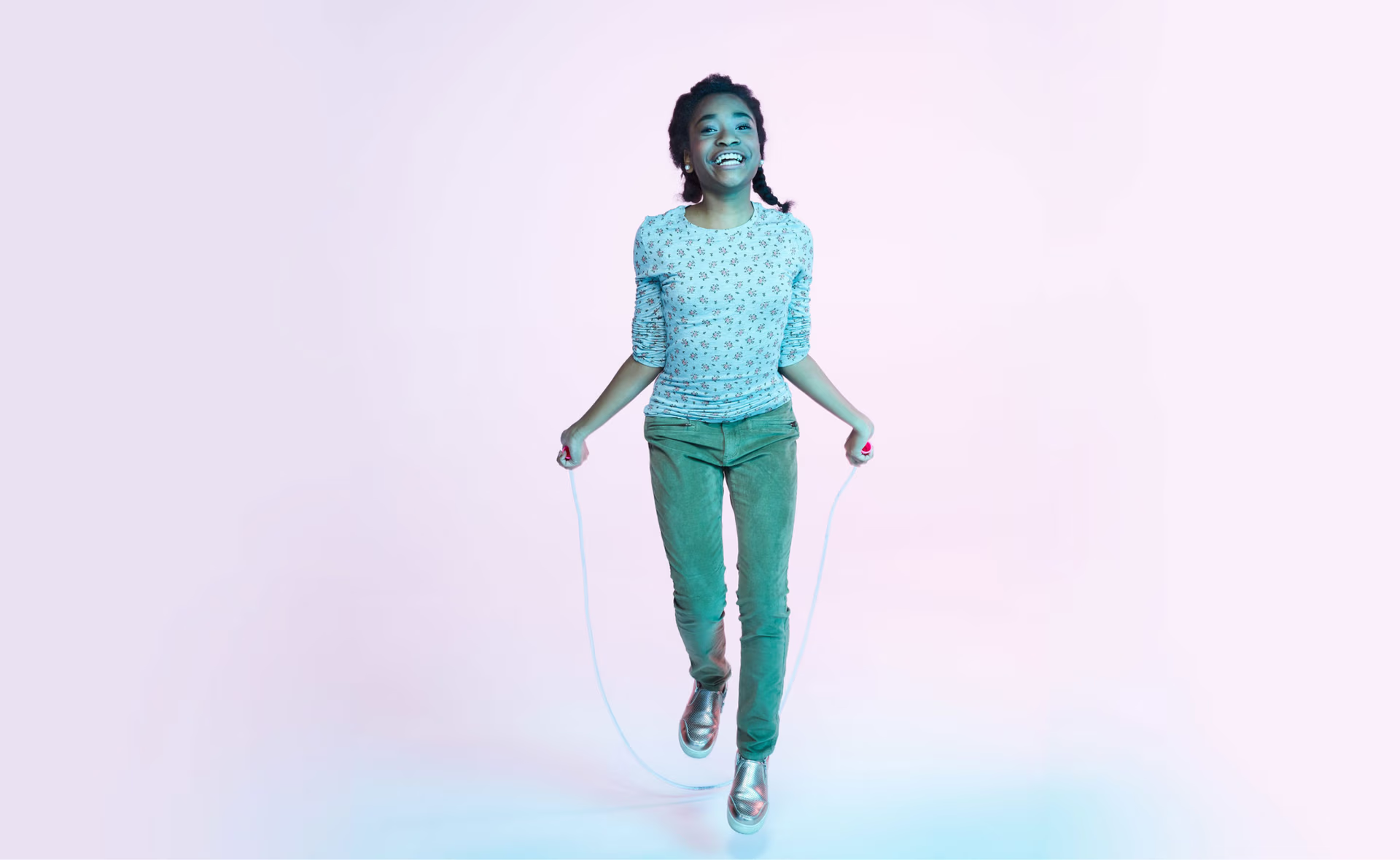
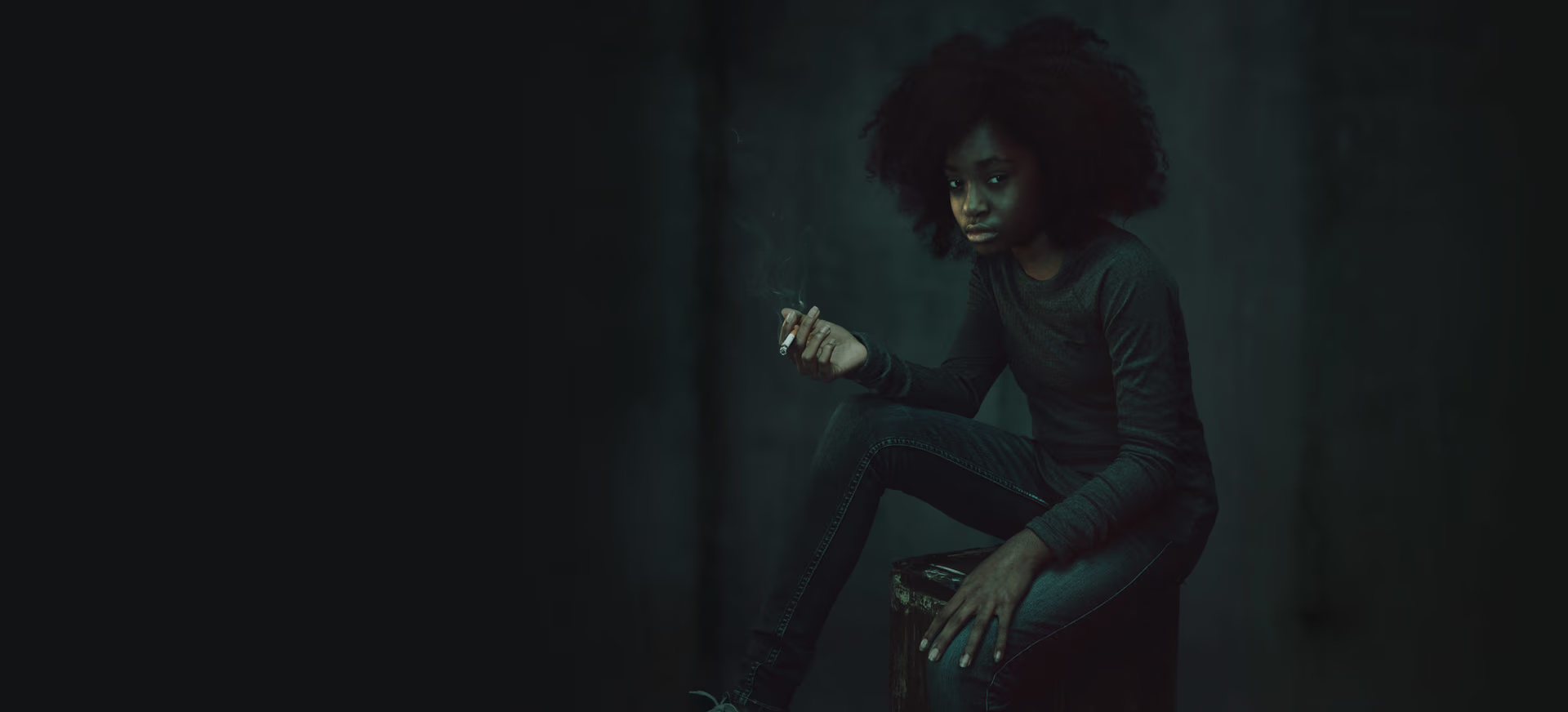
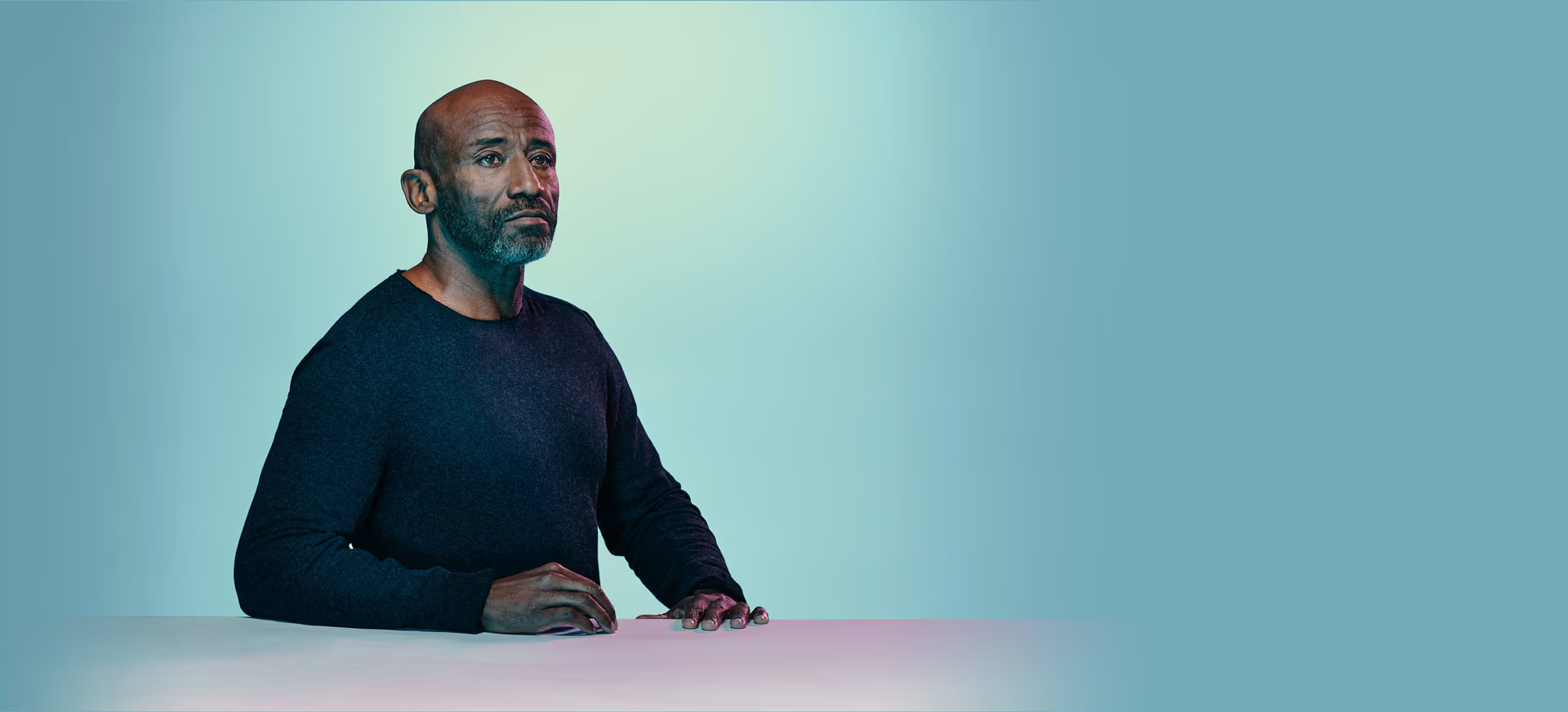
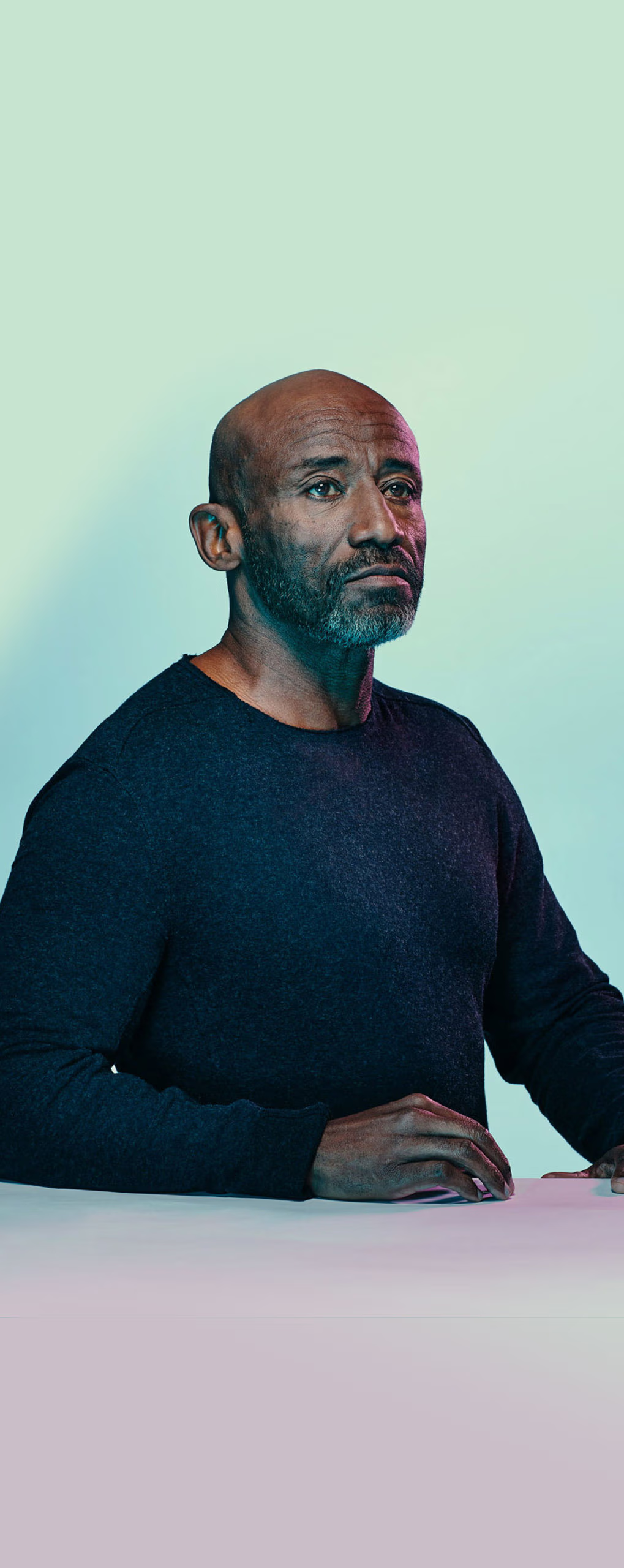
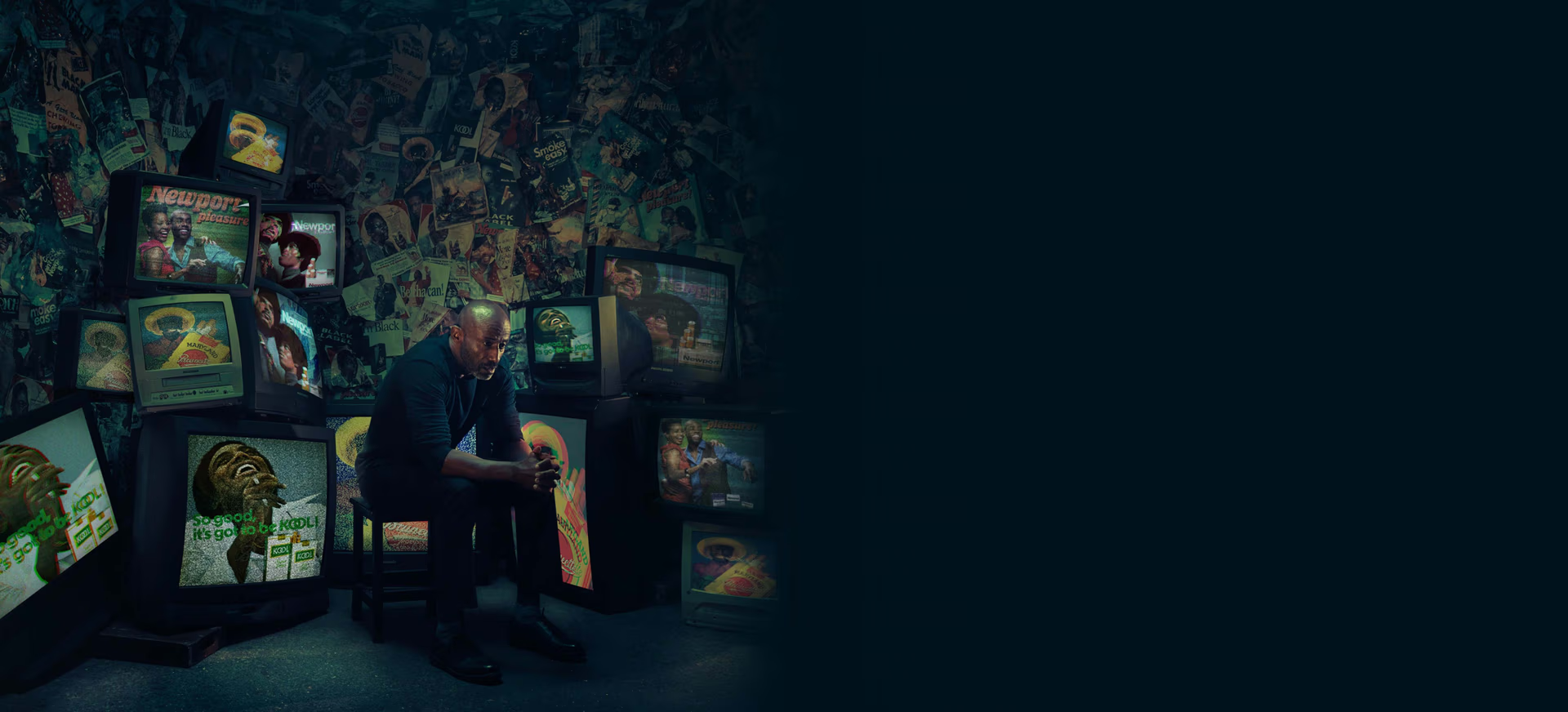
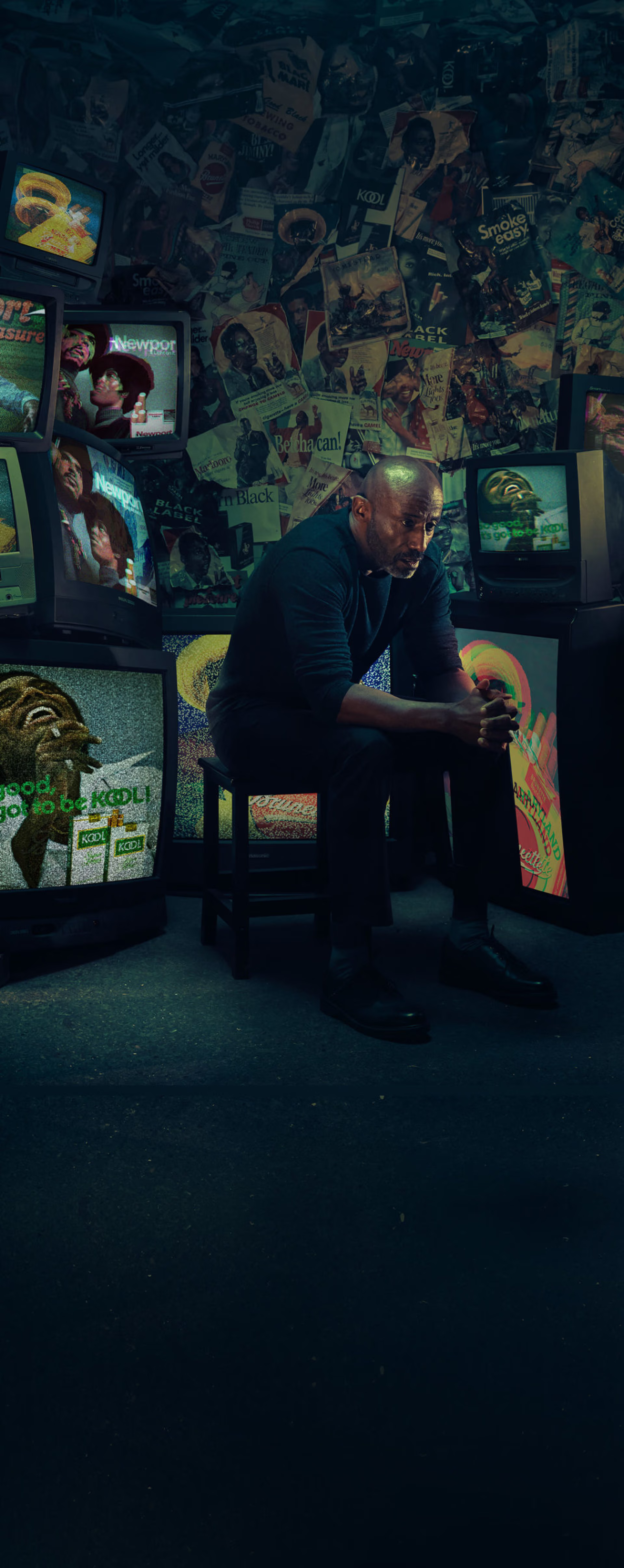
There are up to ten times more tobacco ads in African American/Black neighborhoods than in others.
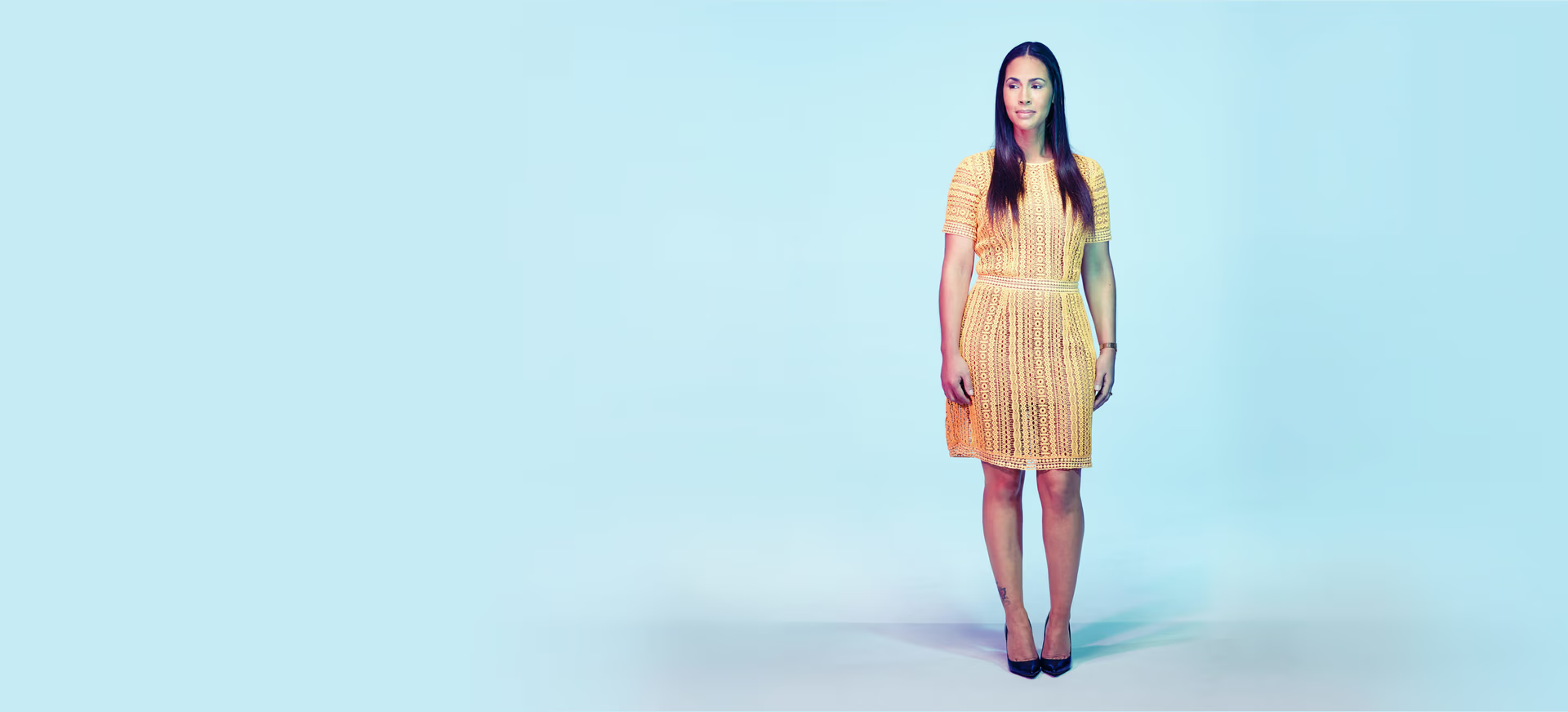
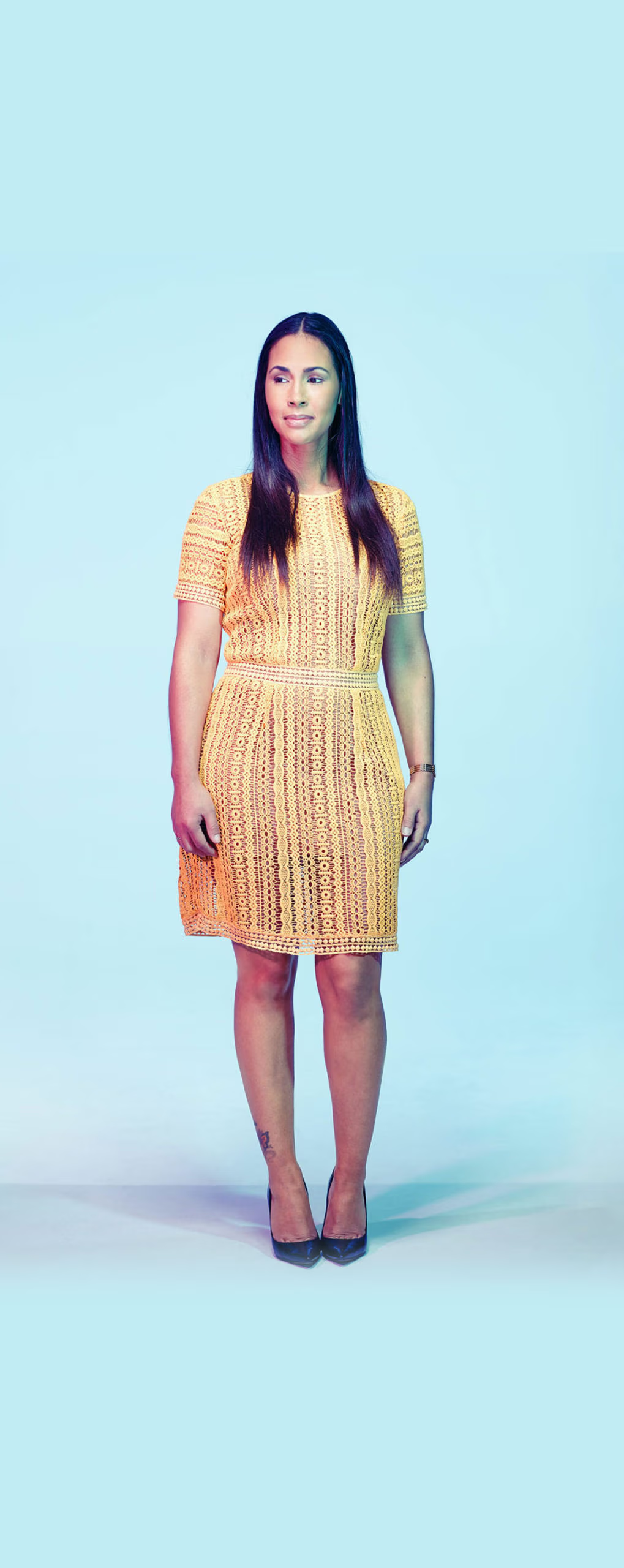
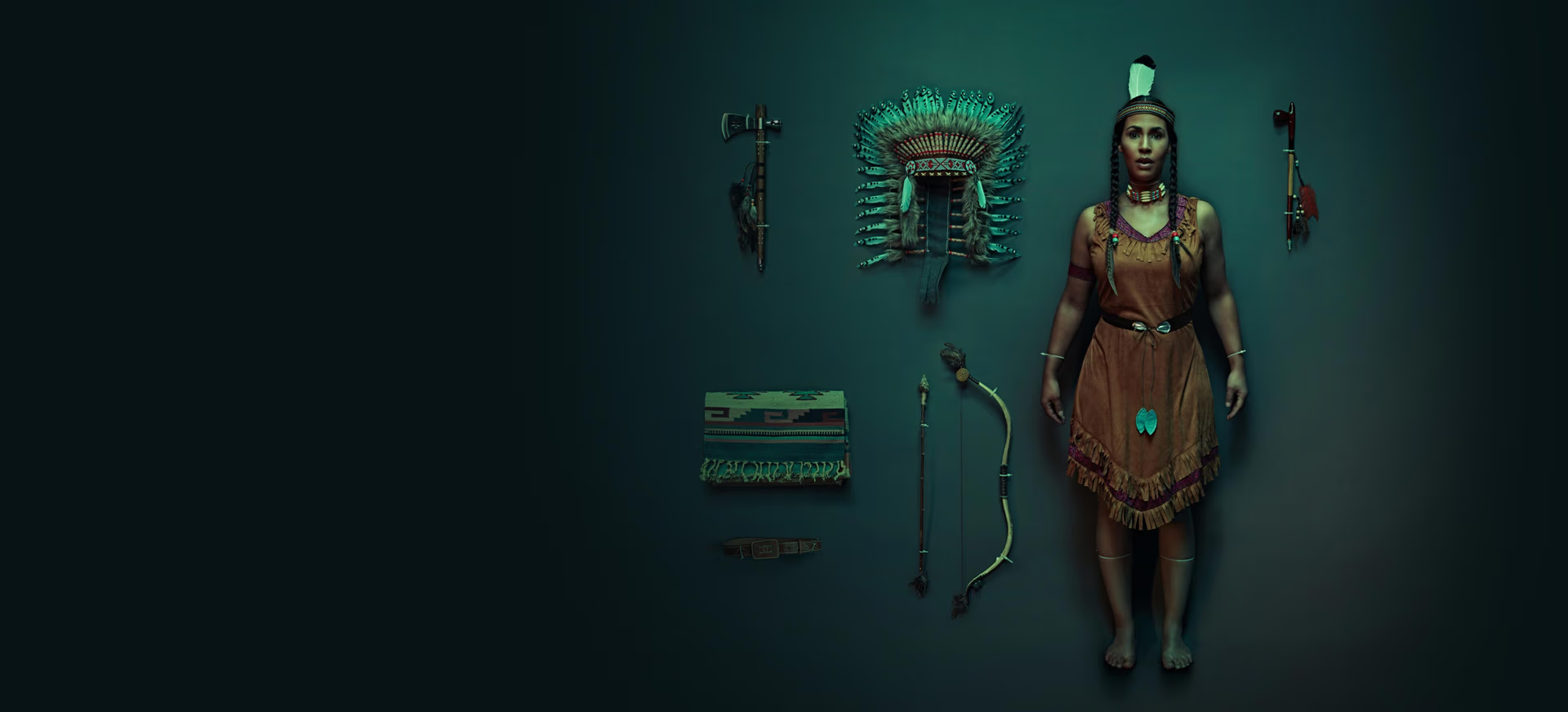
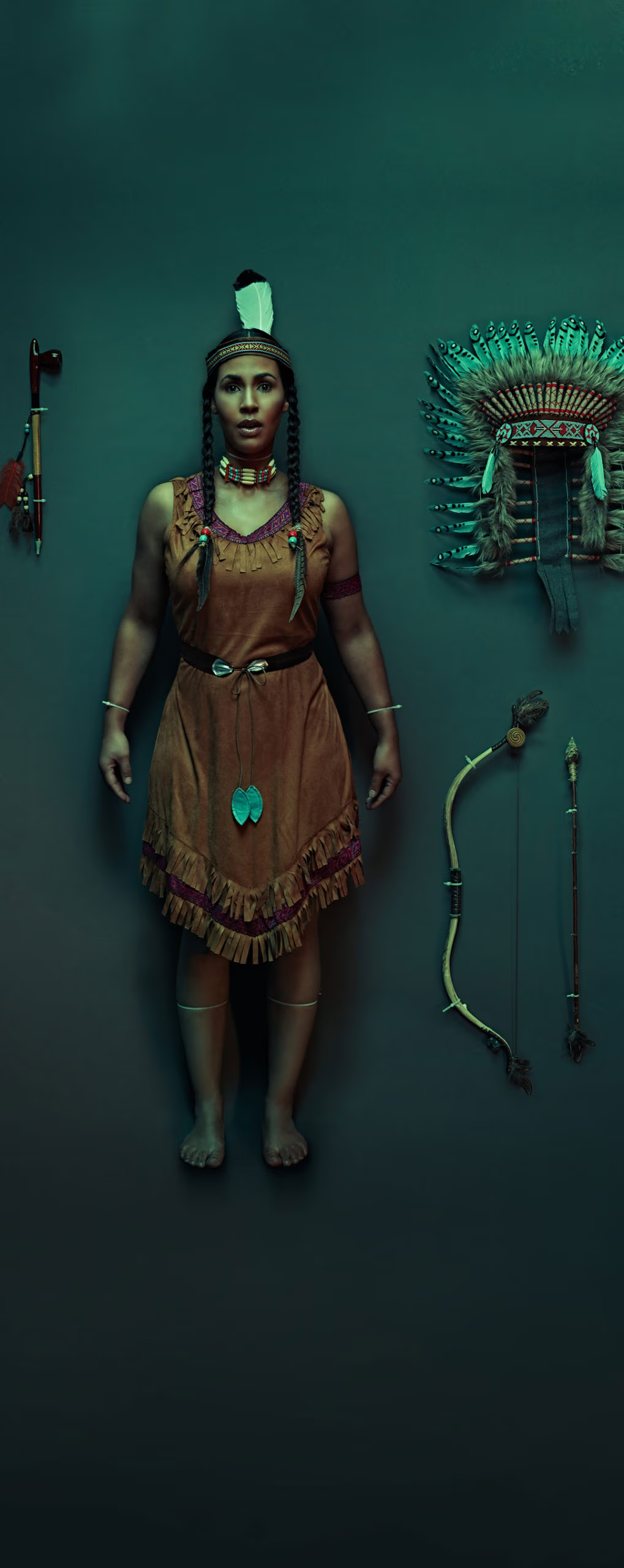
The tobacco industry appropriates American Indian cultures in marketing, using valued traditions to promote tobacco use.
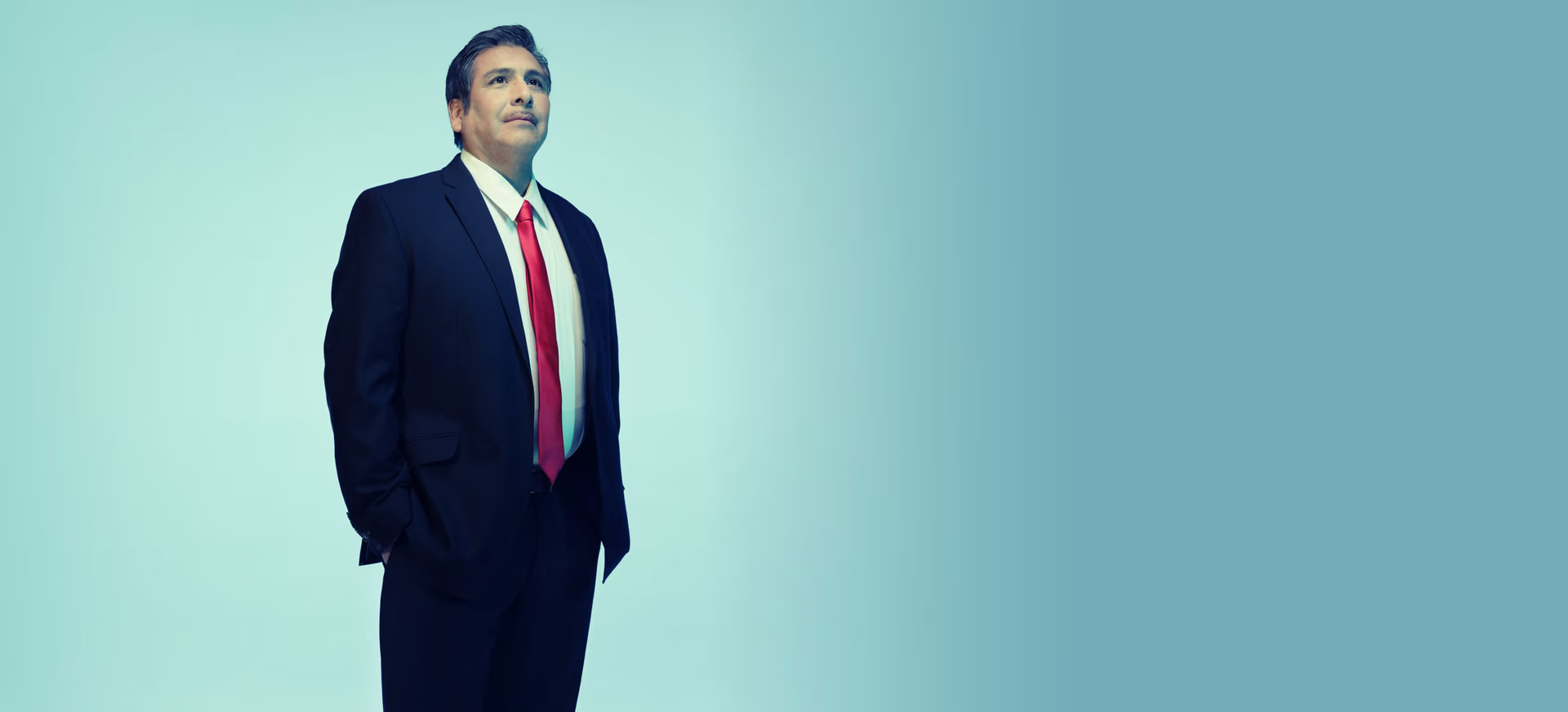
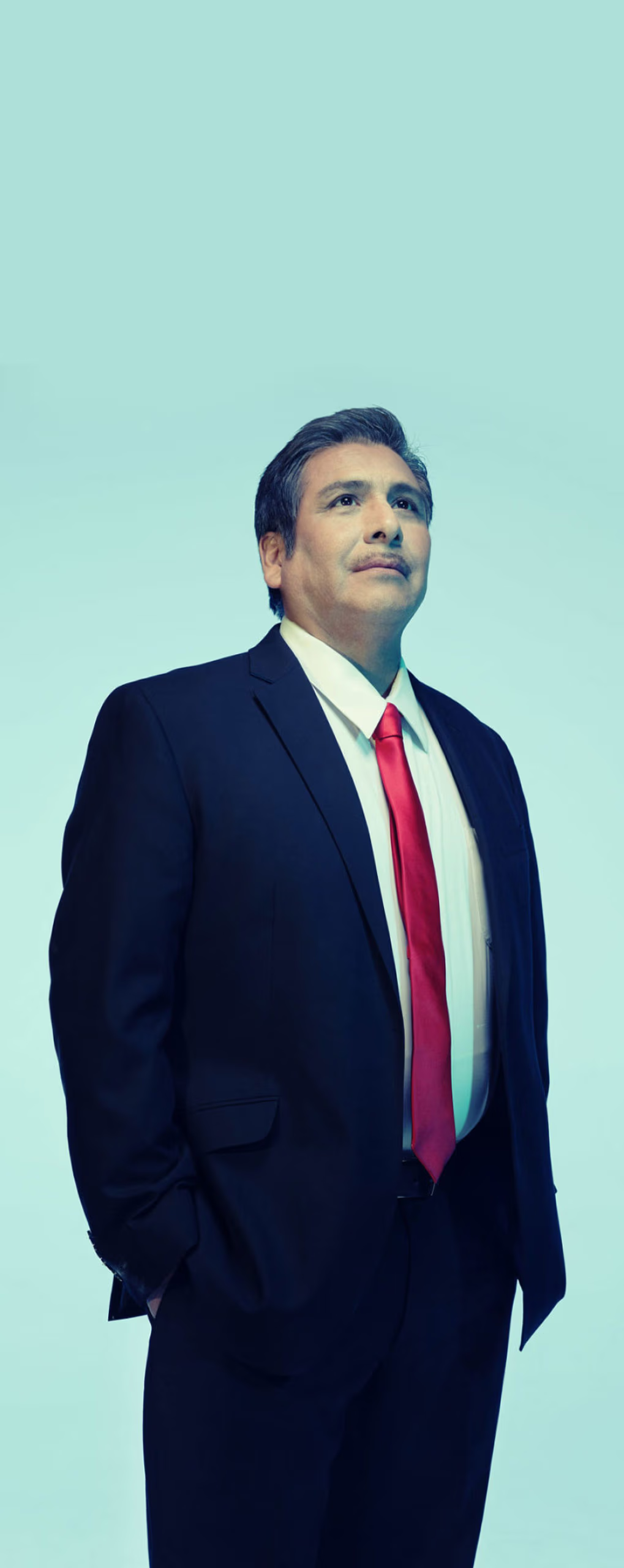
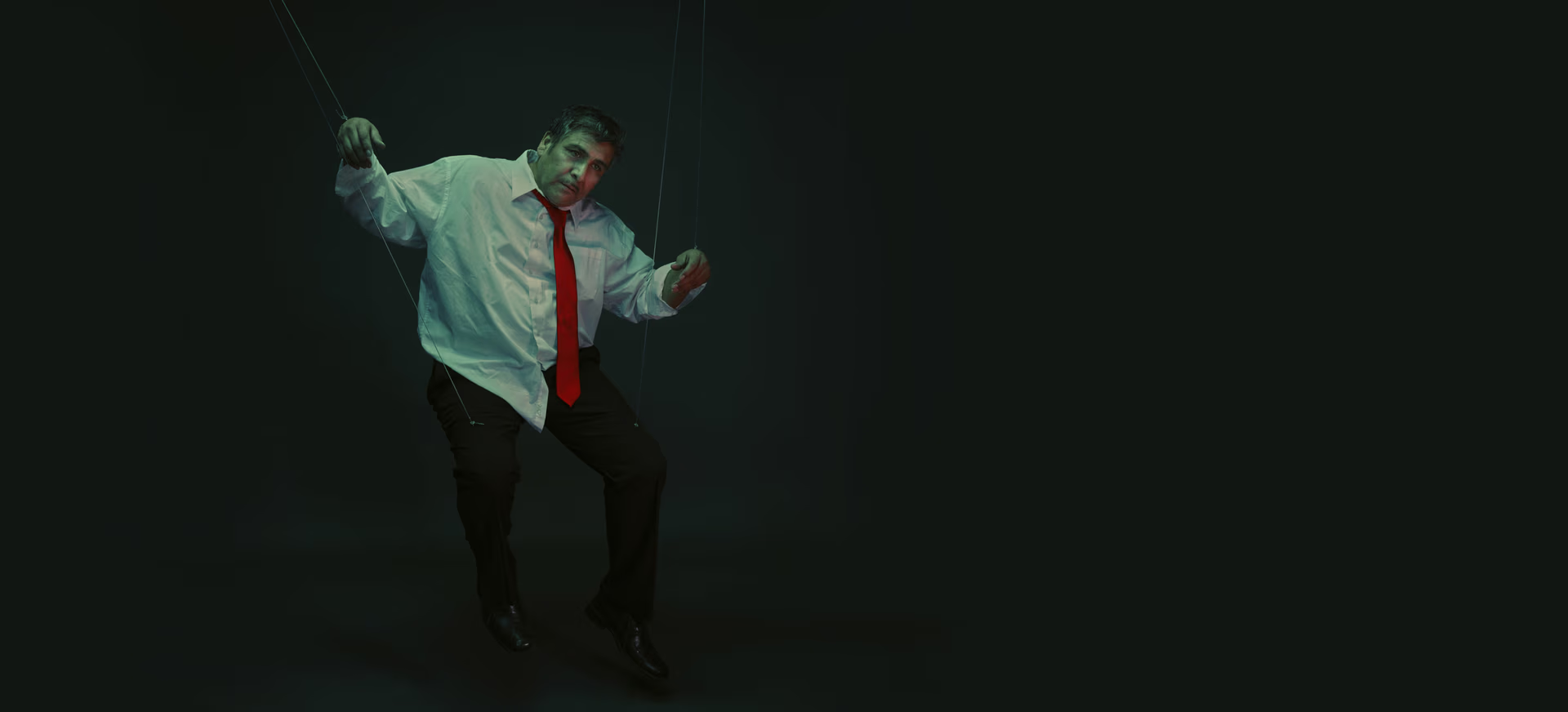
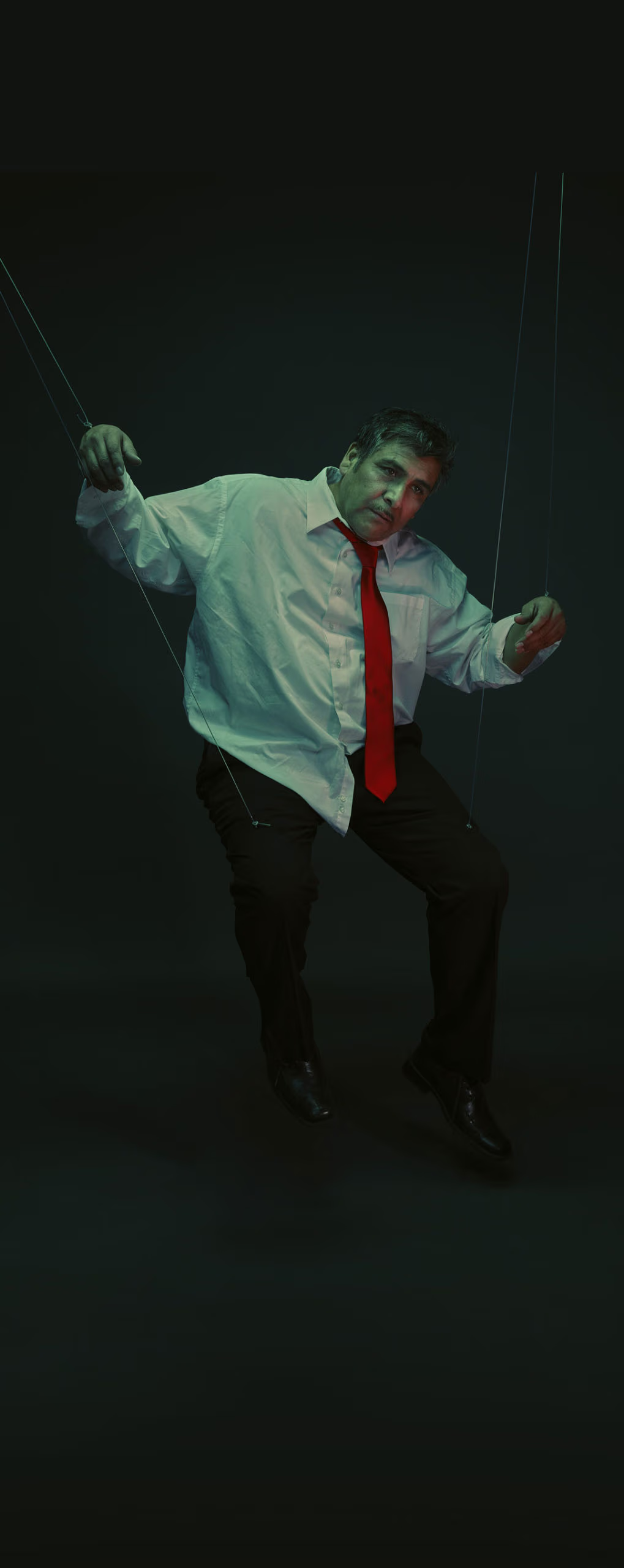
Big Tobacco gave $75,000 to the Hispanic American Chamber of Commerce to mail 92,000 letters urging businesses to protest tobacco tax increases.
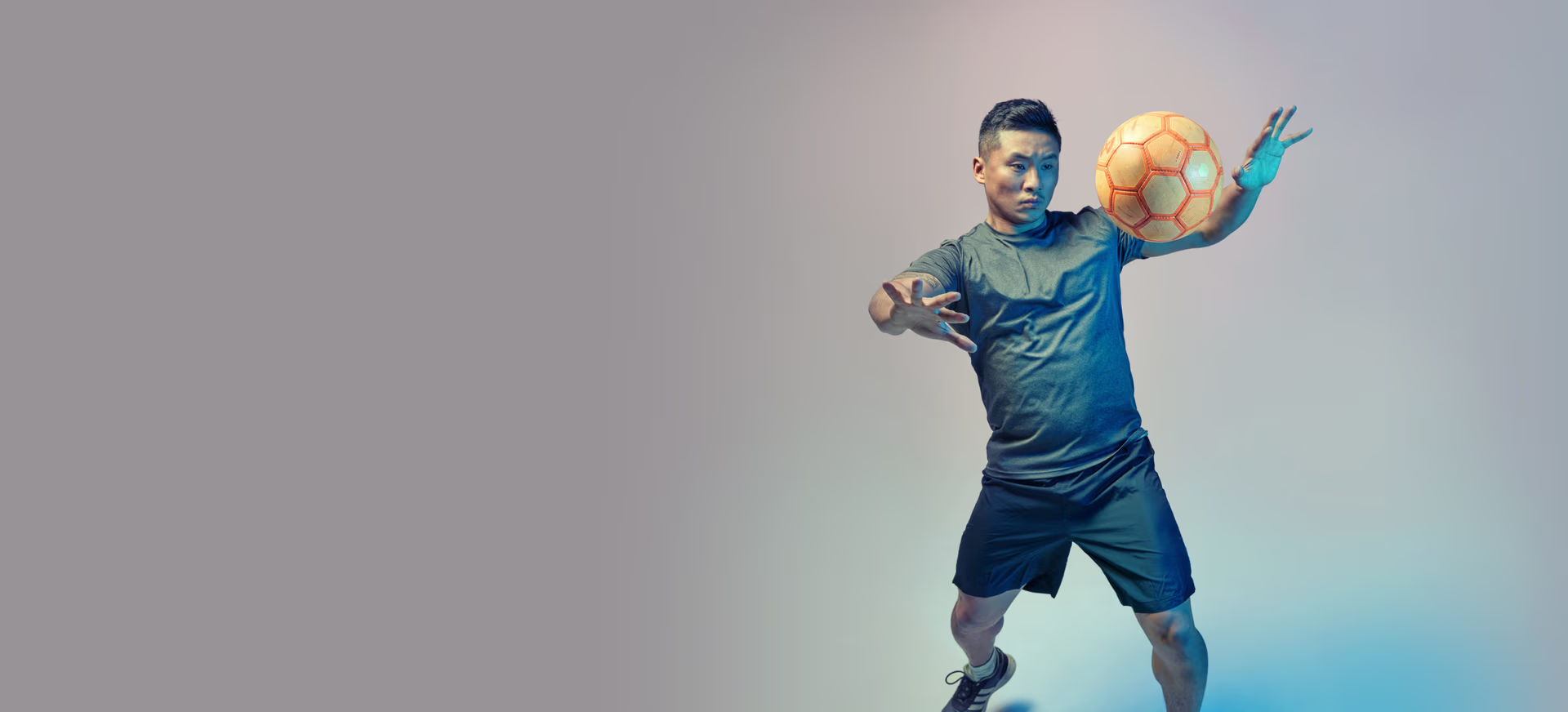
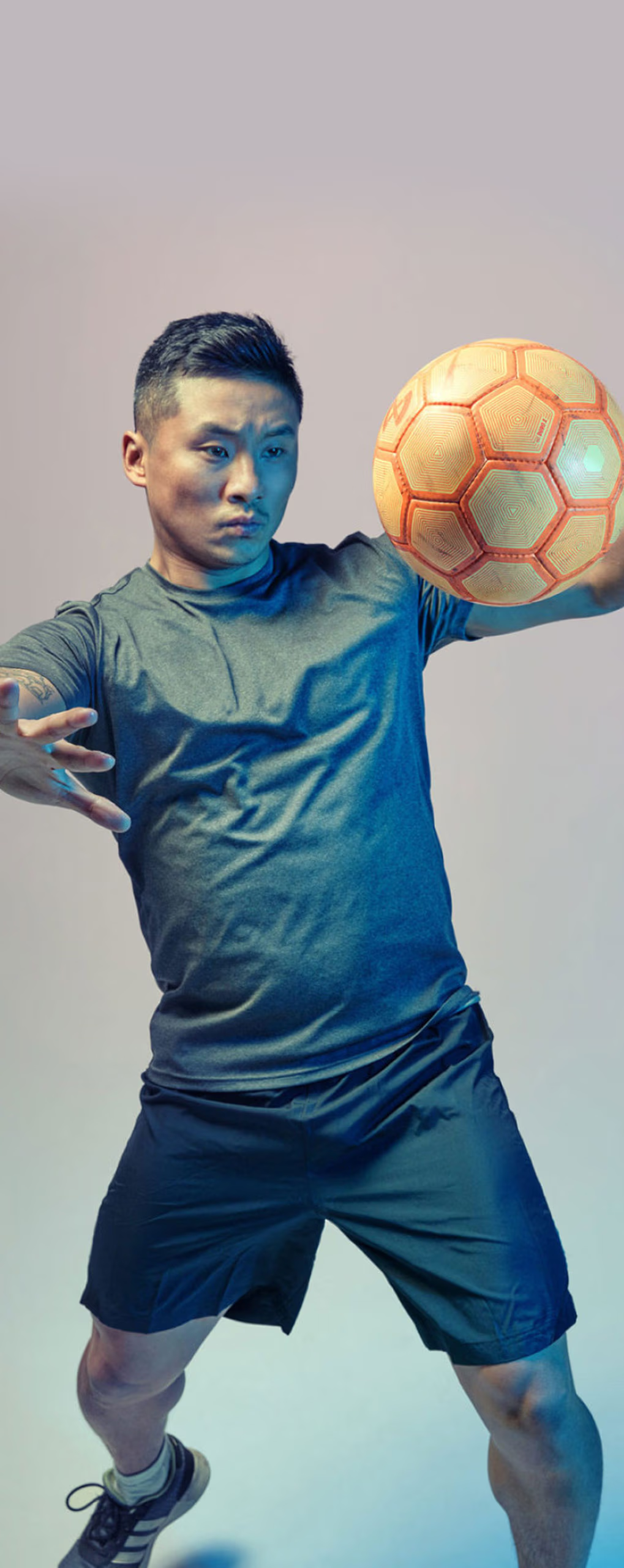
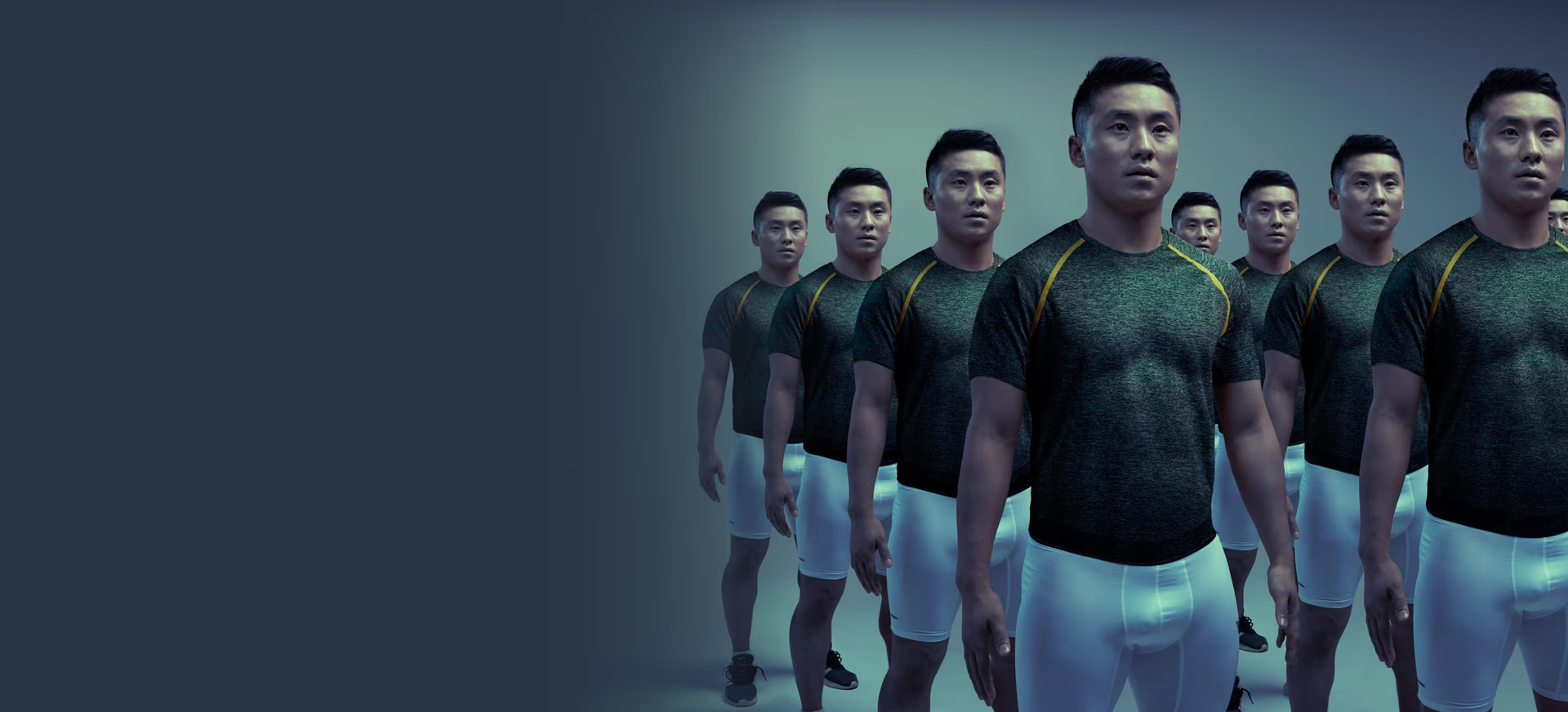
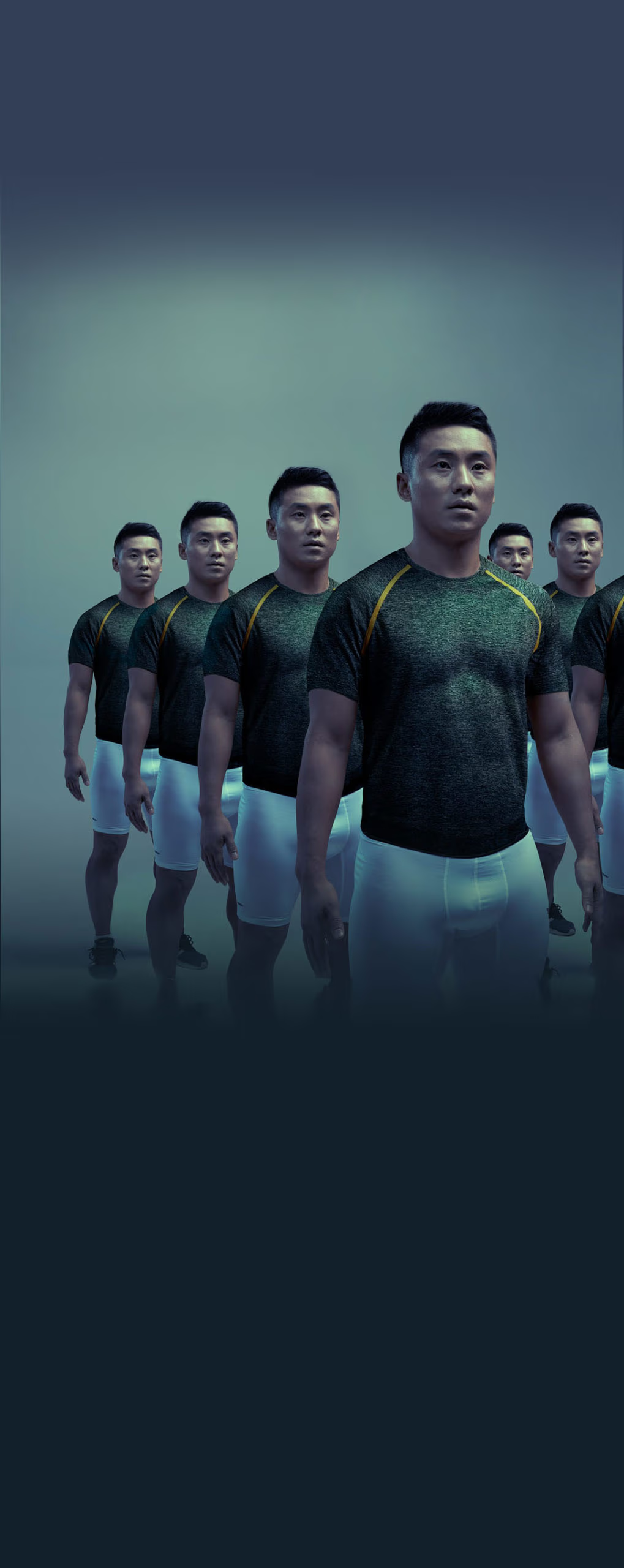
A Tobacco executive stated that Asian American populations would be a profitable target due to “this community being generally predisposed toward smoking.”
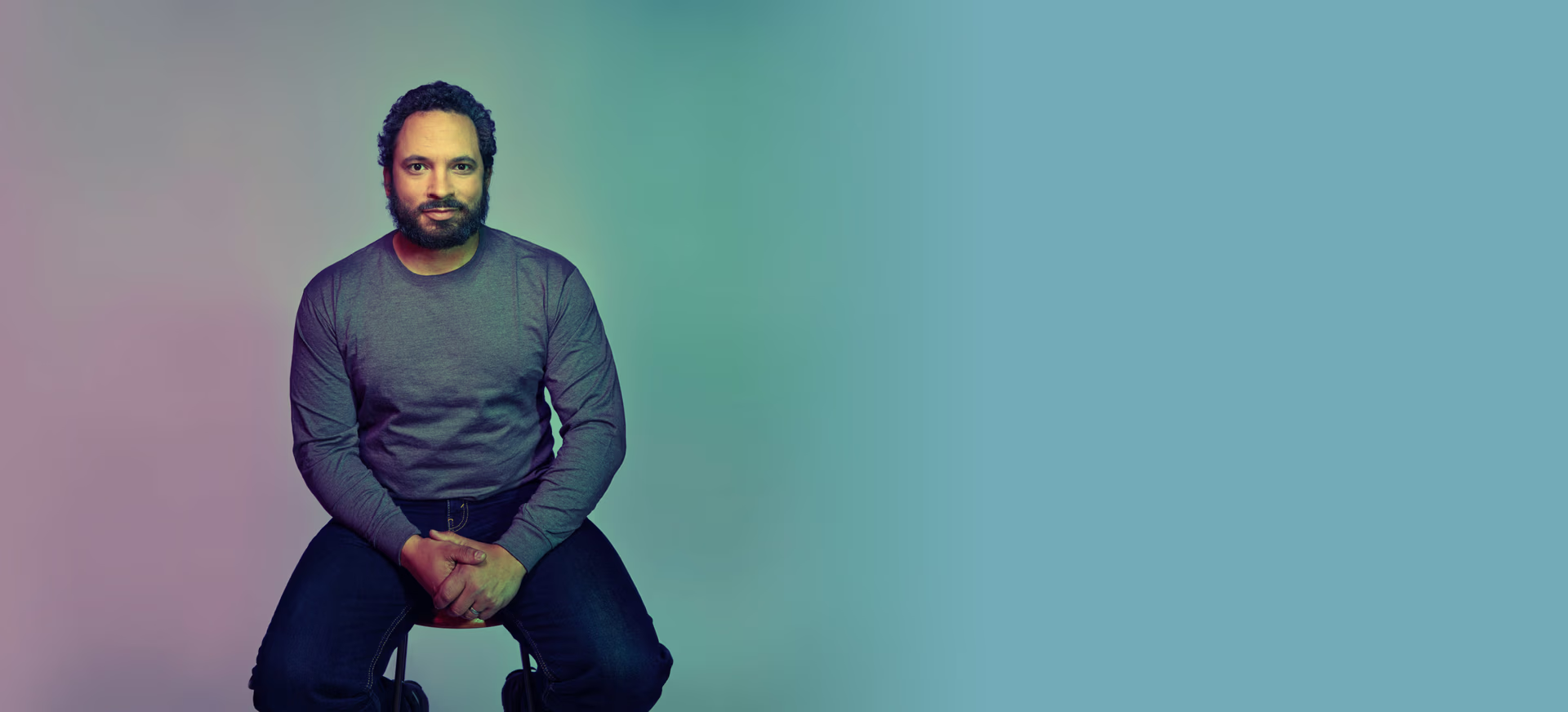
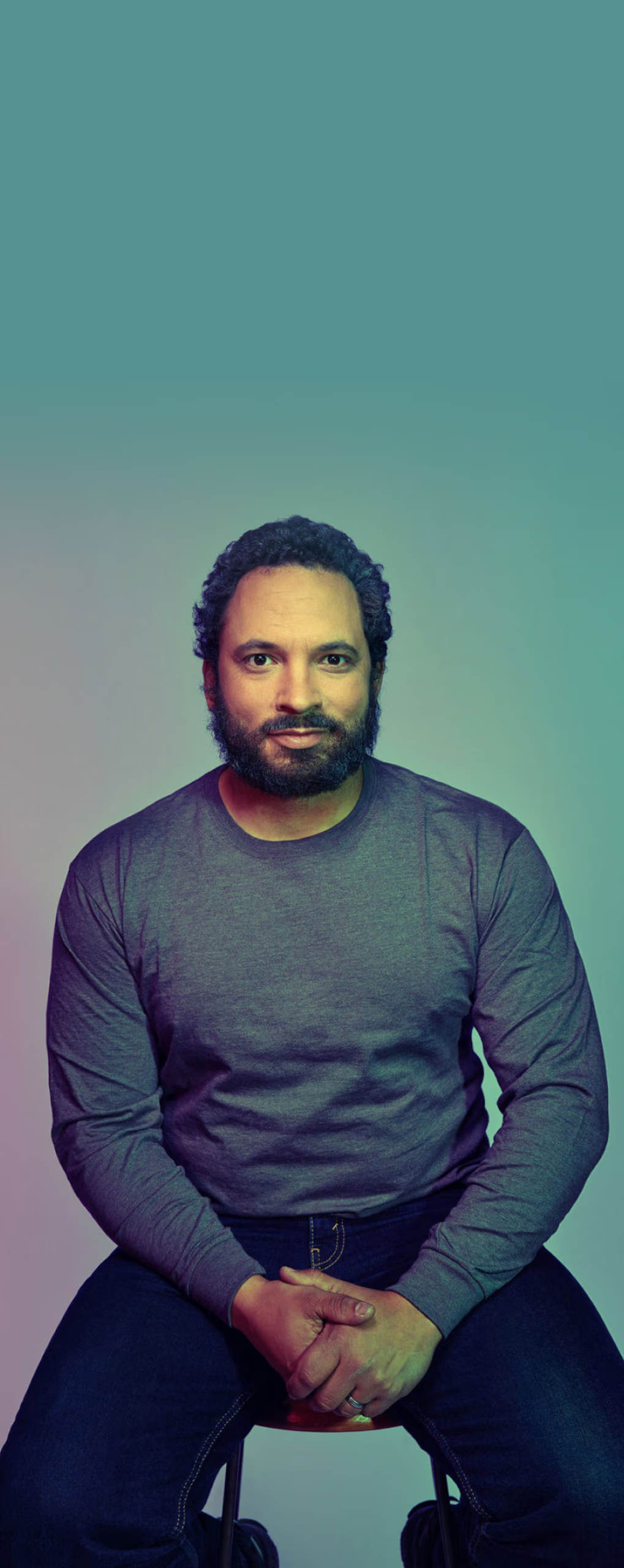
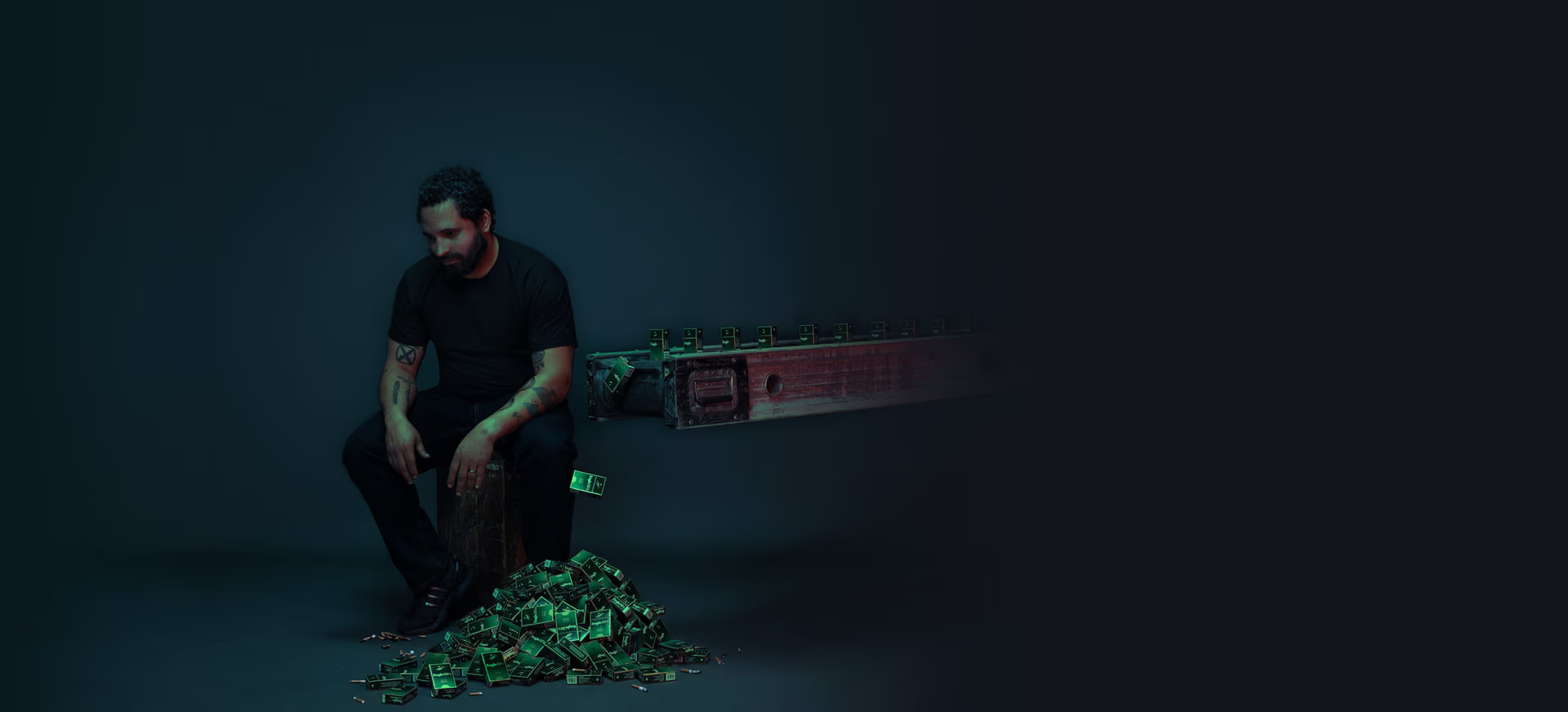
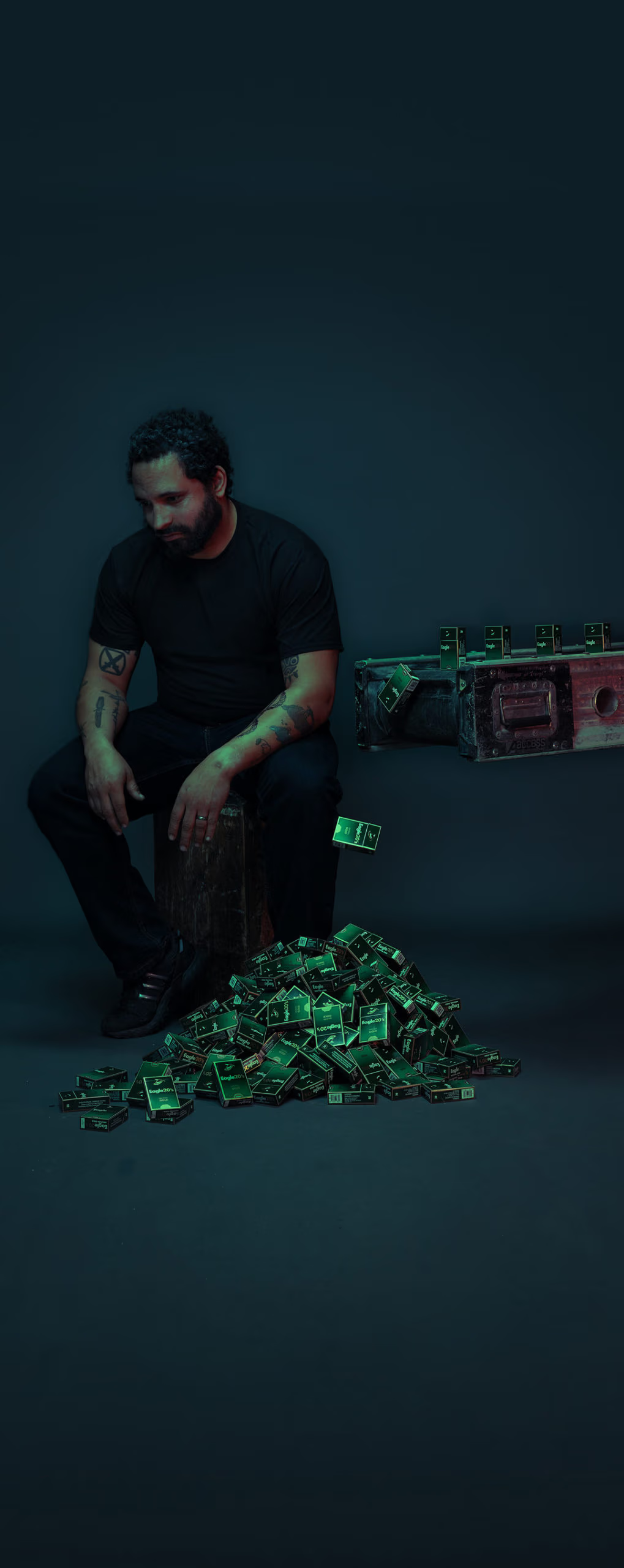
Big Tobacco targeted children living in low-income housing projects by handing out free packs of cigarettes in the 1950s.
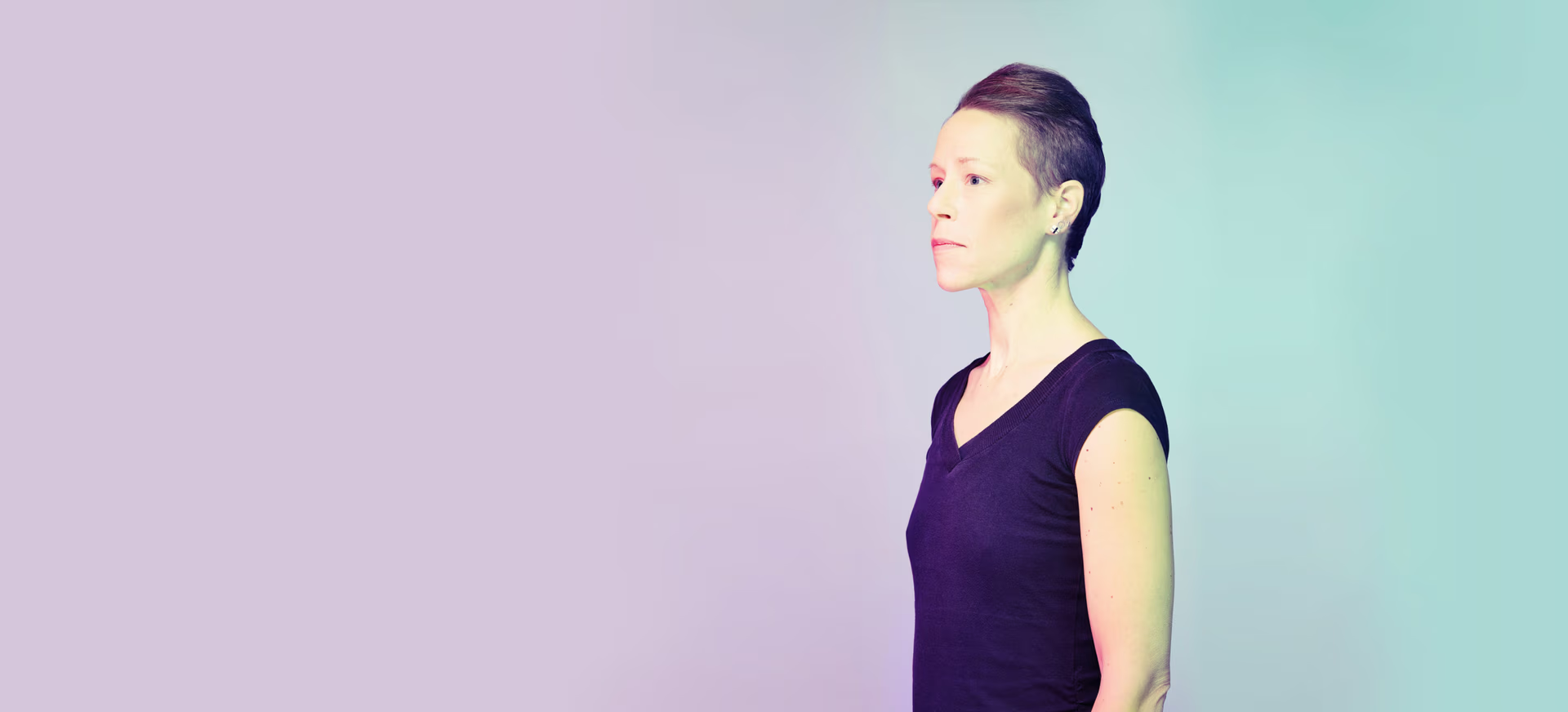
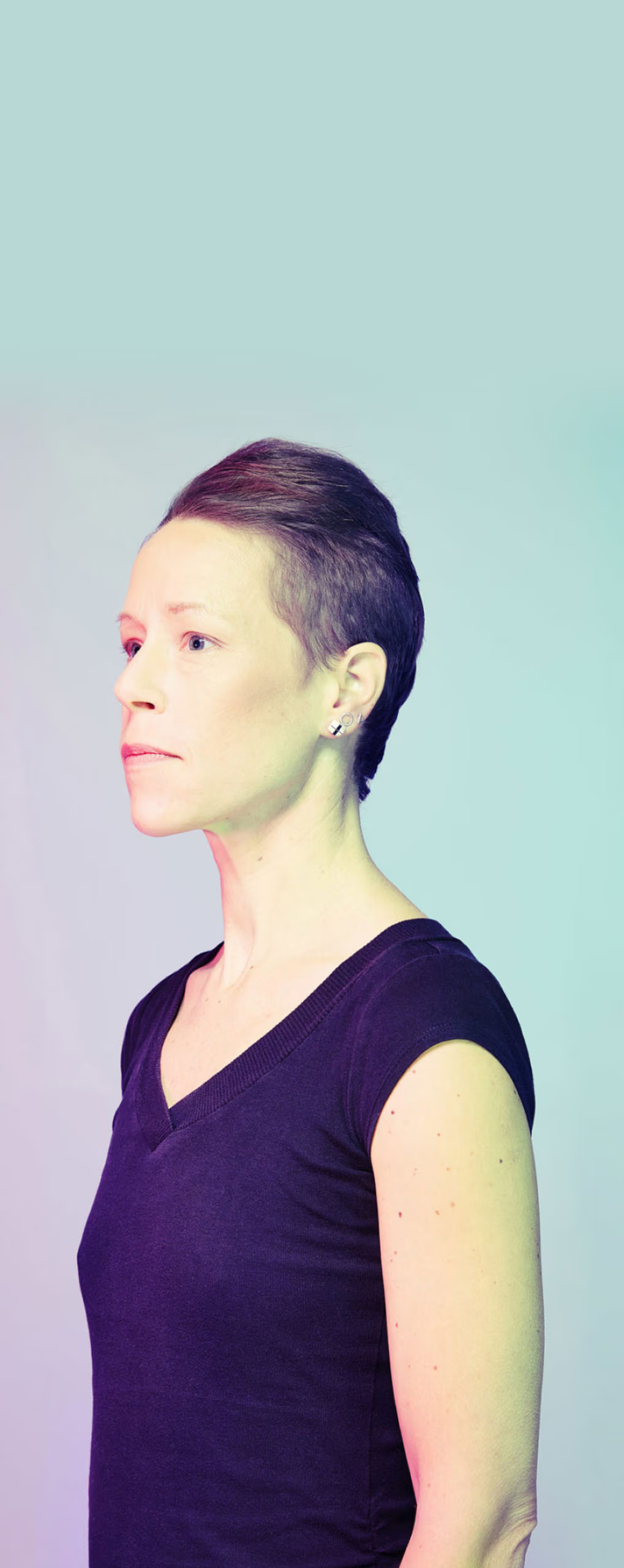
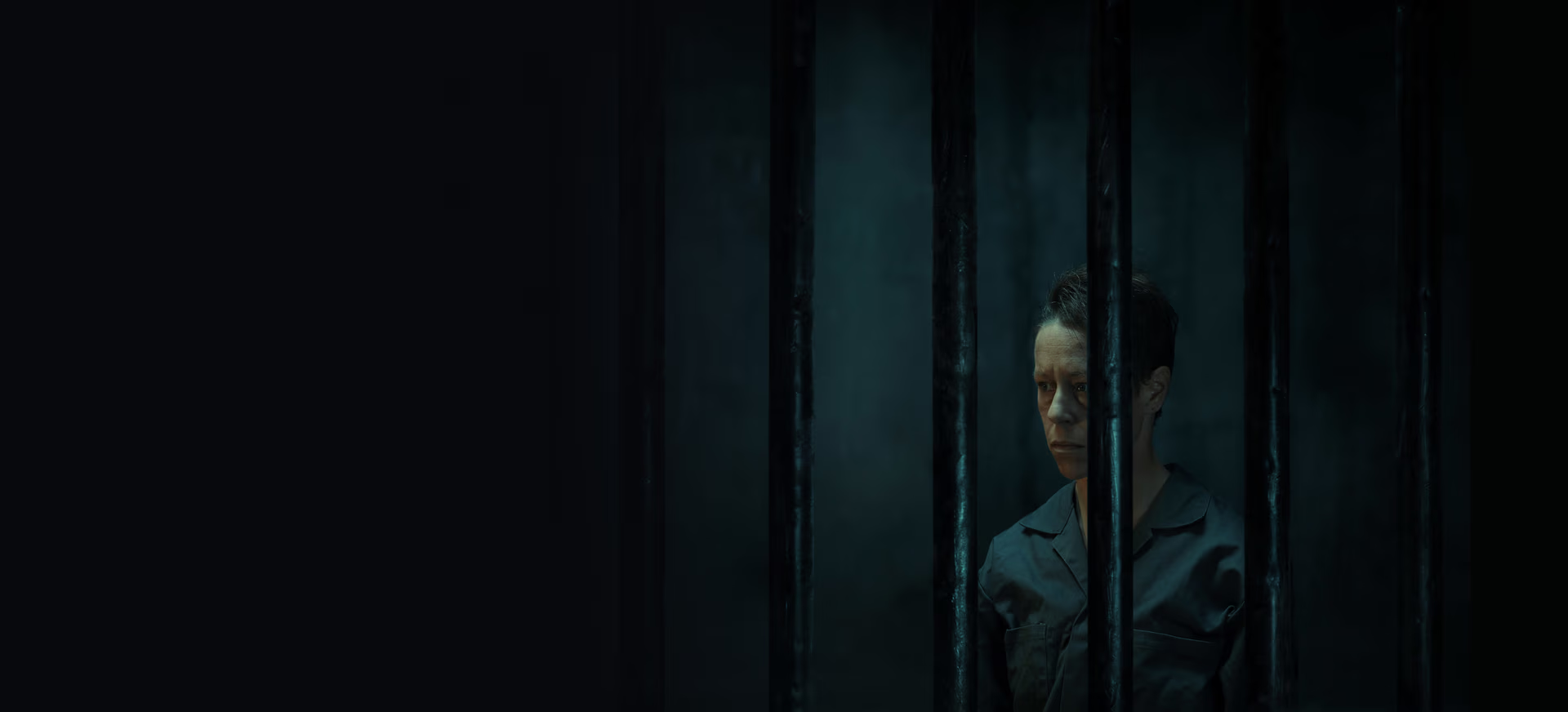
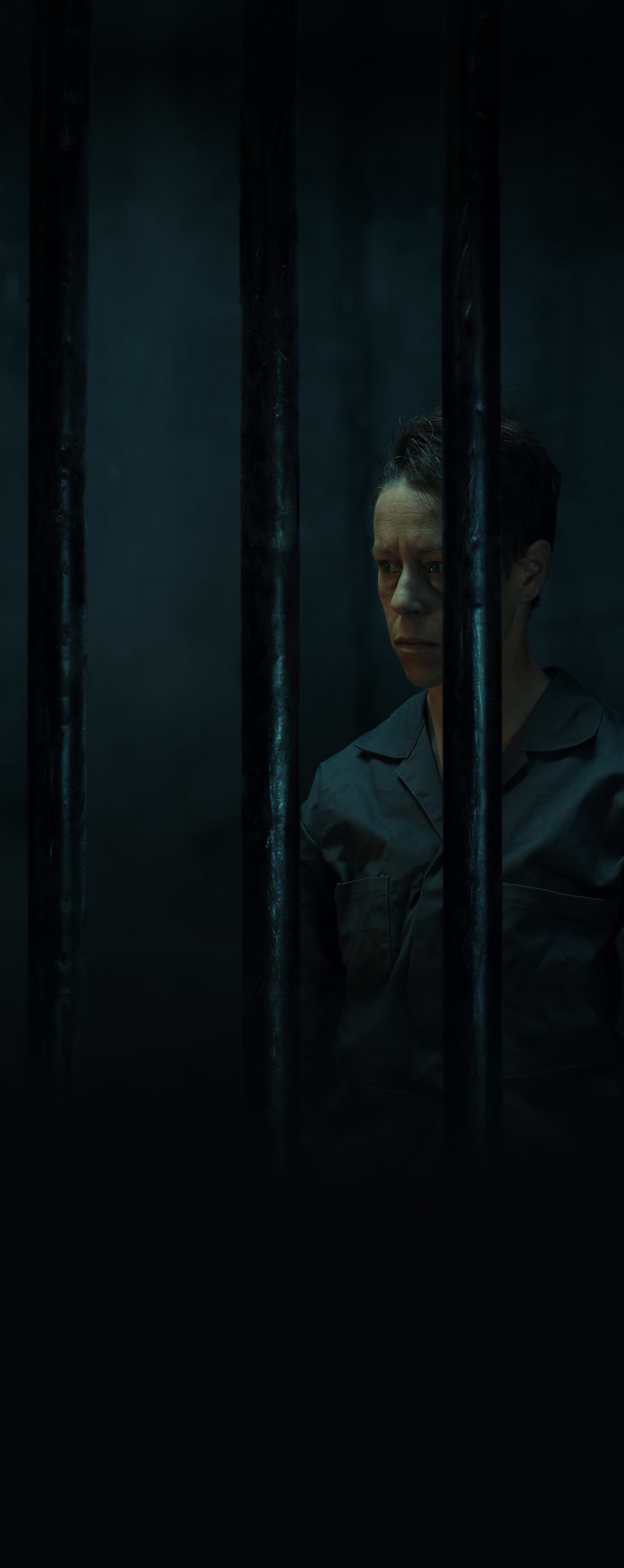
In 1995, a tobacco company created a targeted marketing plan for Lesbian, Gay, Bisexual, Transgender, Queer (LGBTQ+) communities called “Project SCUM.”
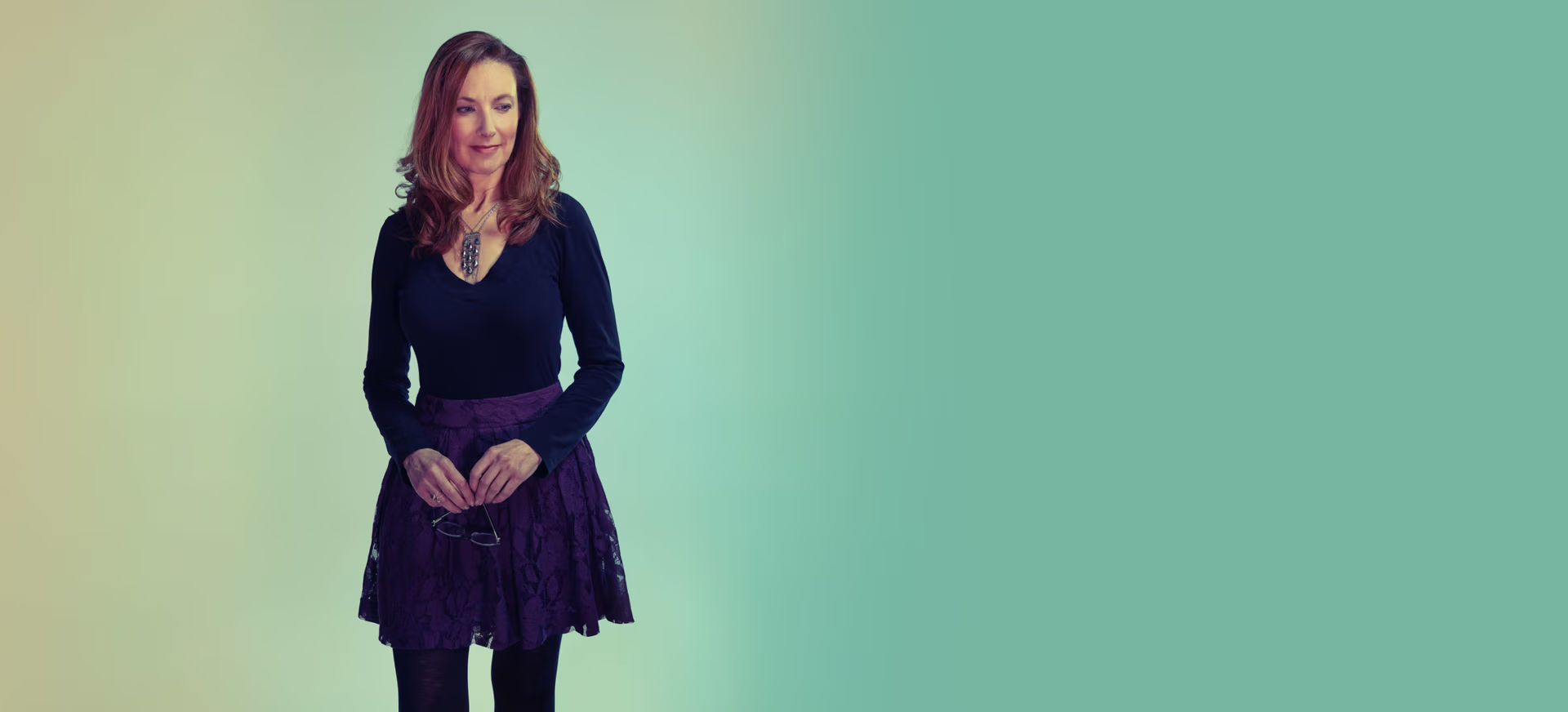
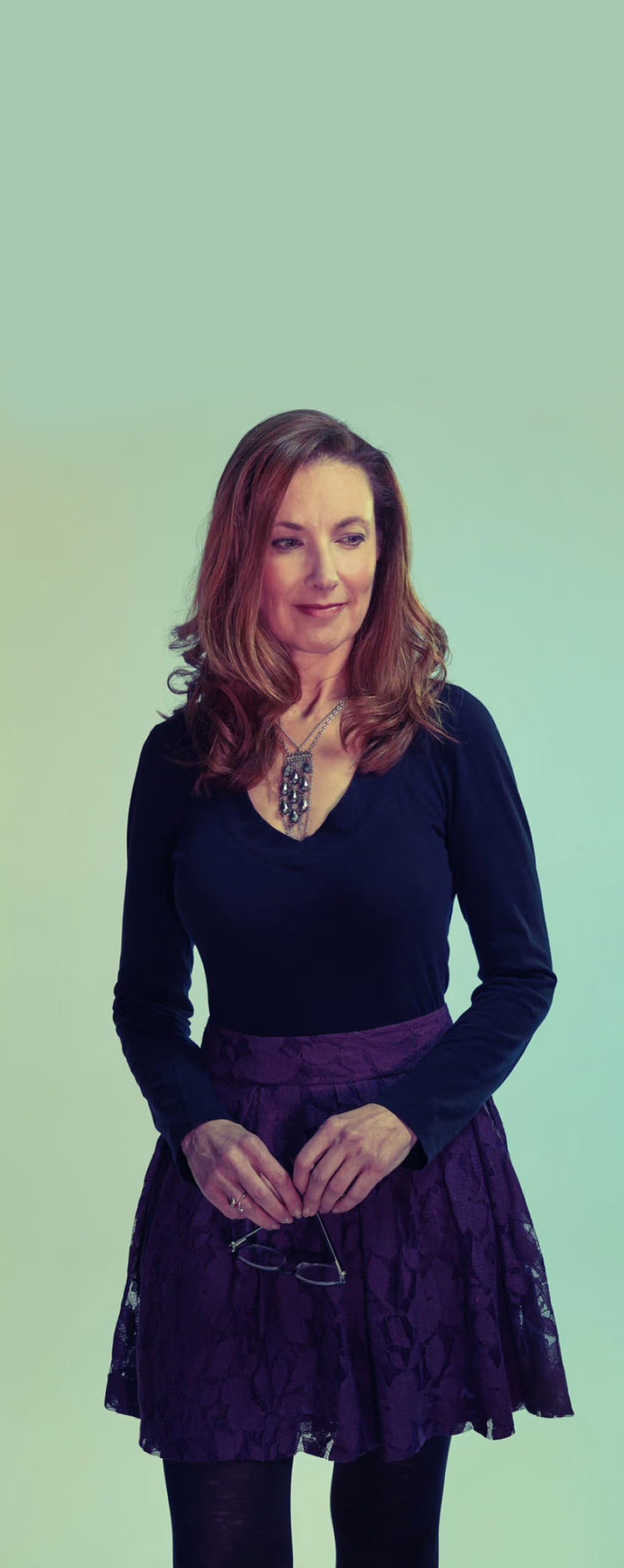
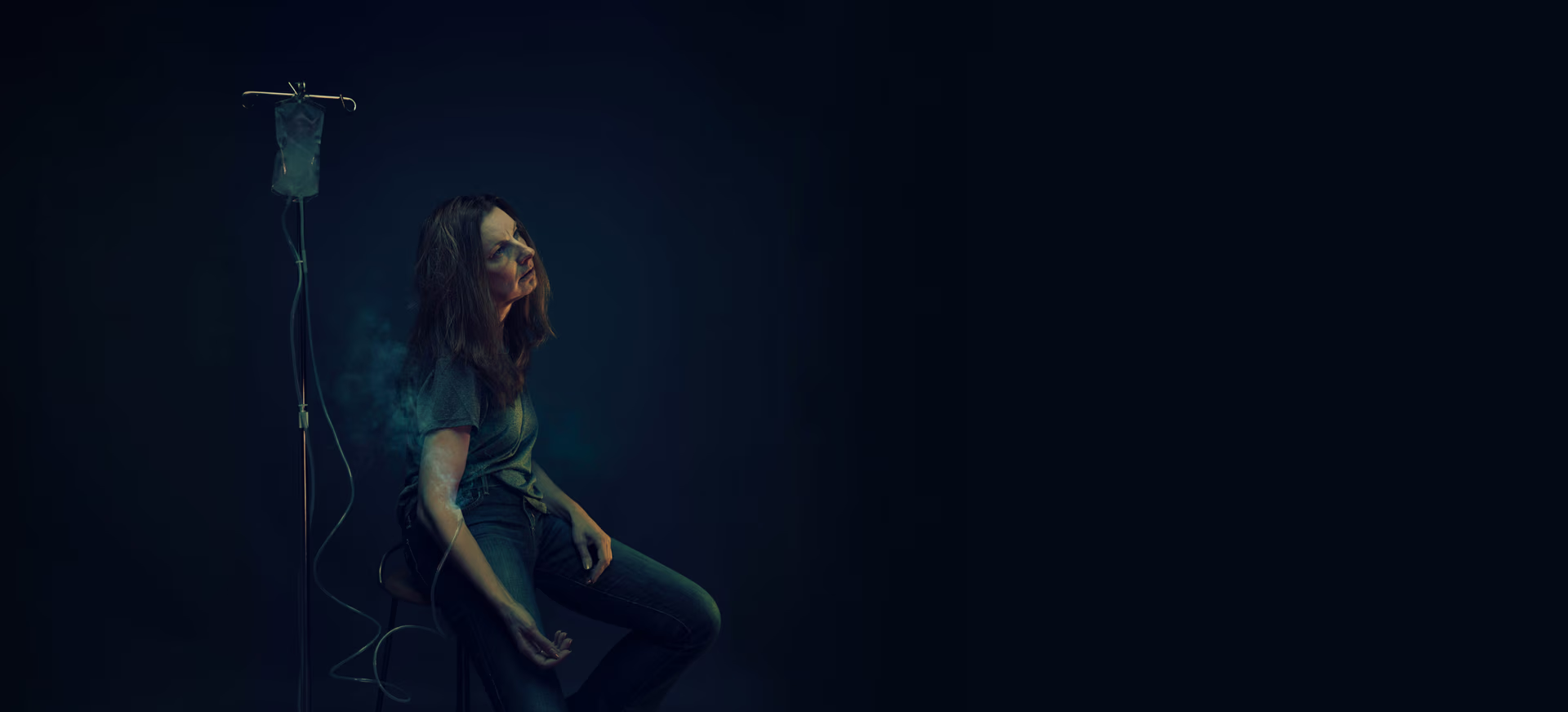
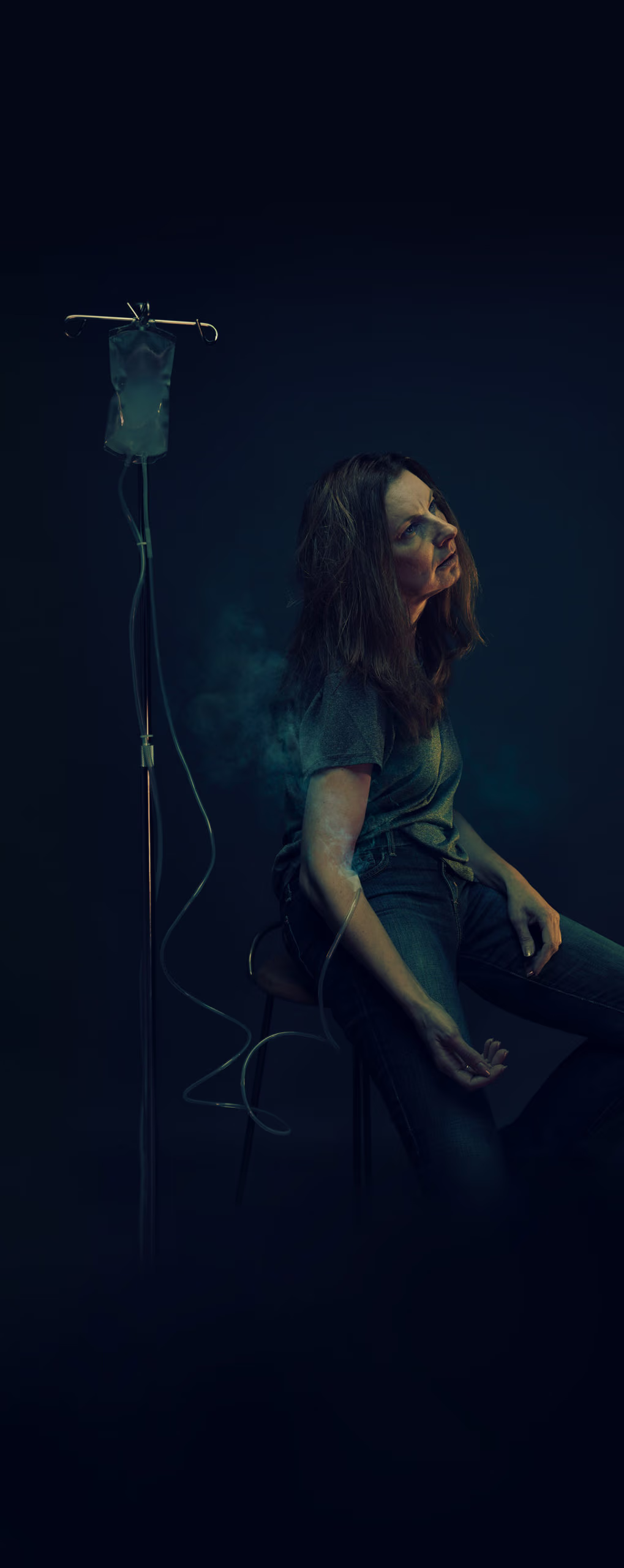
Big Tobacco promoted cigarettes as a medicinal substance in behavioral health treatment facilities.
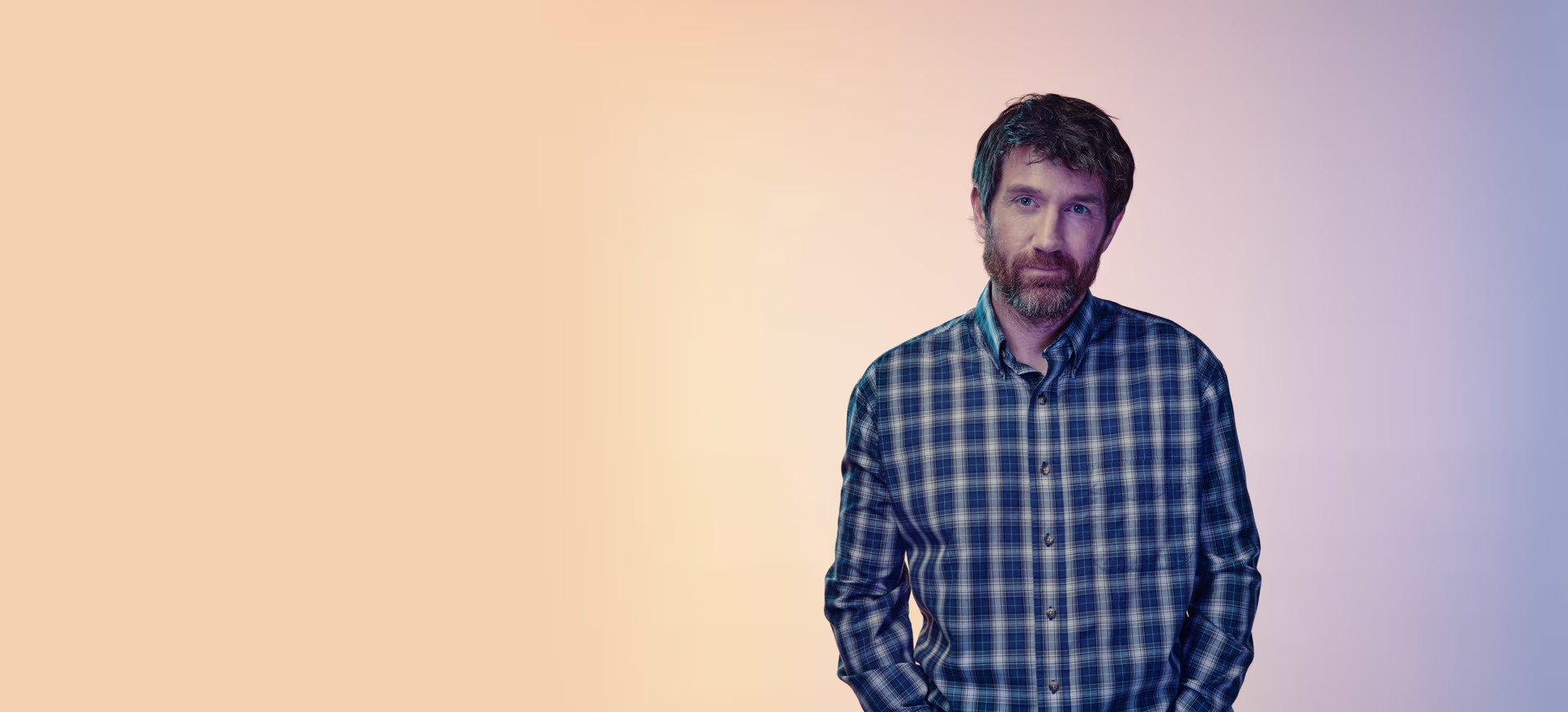
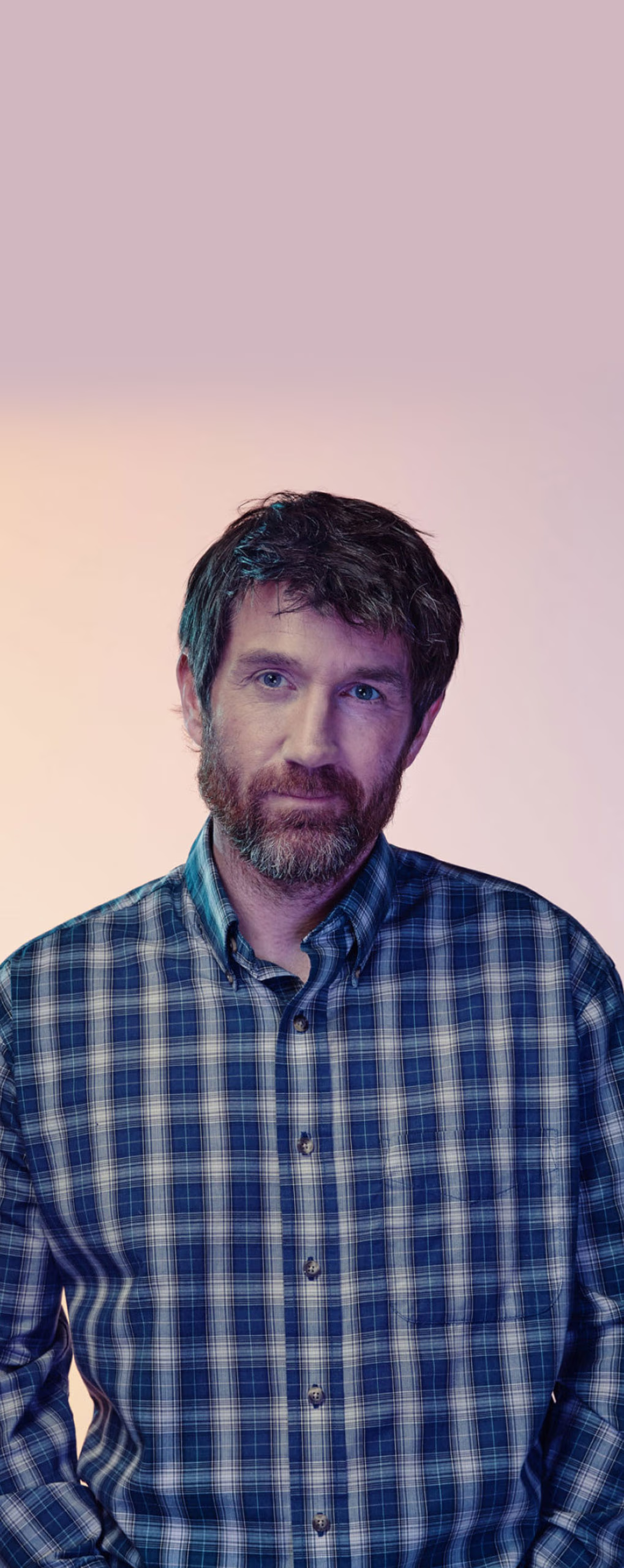
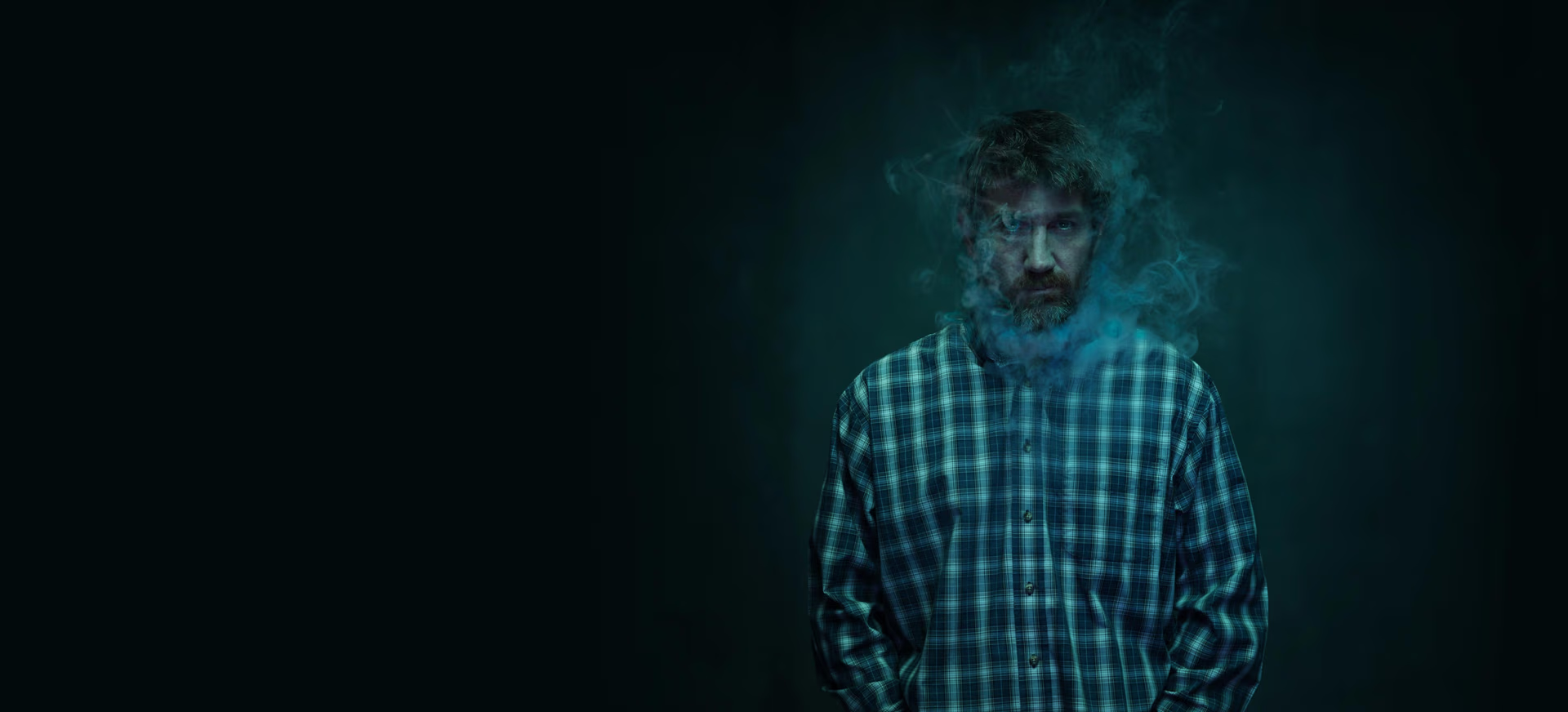
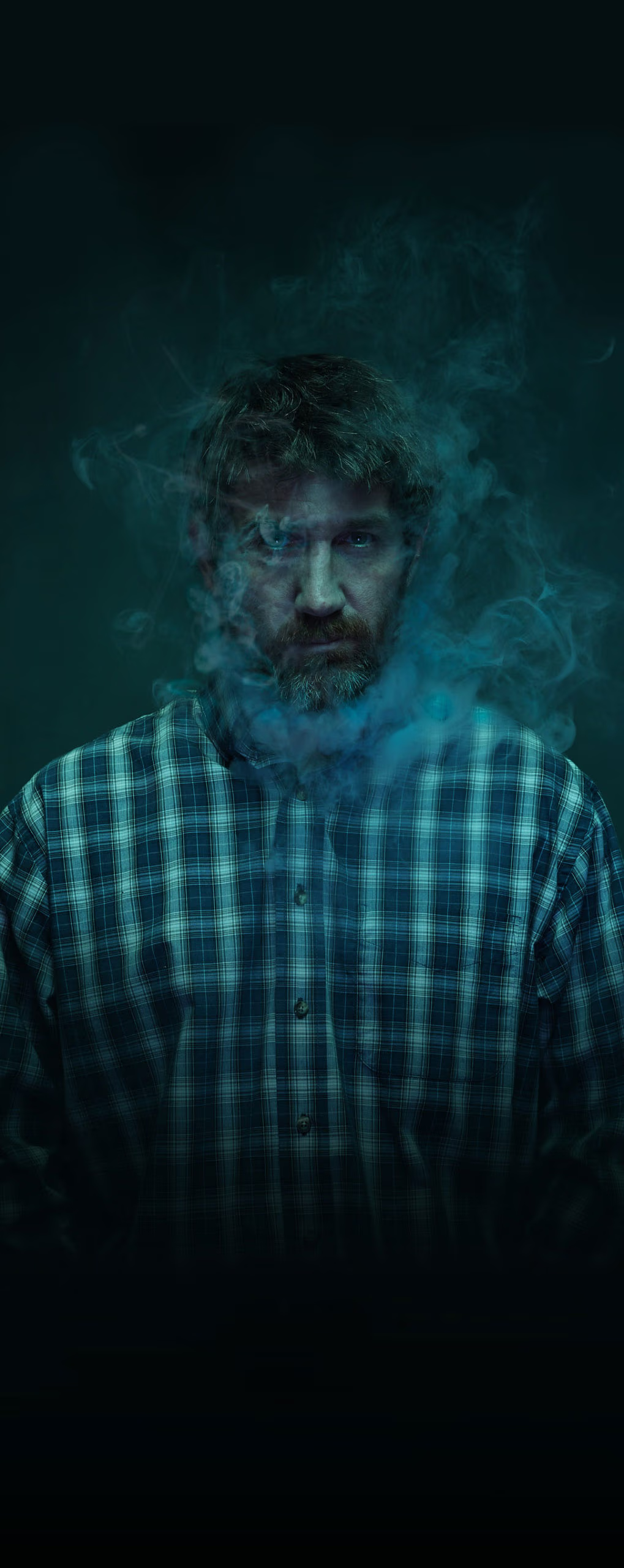
Big Tobacco warps rural masculine ideals by depicting rugged images of cowboys, hunters, and racecar drivers in their advertising, making people living in rural communities some of Big Tobacco’s best customers.

For decades, the tobacco industry has aggressively targeted California’s diverse communities with predatory practices. Internal documents from Big Tobacco outline their strategies – many of which are shocking attempts to peddle deadly products by way of product discounts and manipulative advertising. They even gave away free products to youth in the past. These tactics masquerade as support for communities under the guise of cultural celebration.
Unfortunately, the tactics have worked. Big Tobacco aggressively targeted communities and, as a result, some populations have higher rates of tobacco use, experience greater secondhand smoke exposure at work and at home, and have higher rates of tobacco-related disease than the general population.1
Addressing tobacco-related health inequities is key to California’s efforts to fight tobacco, our state’s number one cause of preventable death and disease.2 Tobacco use, pricing, and its impact across California were analyzed where significant disparities were found across various populations. See how Big Tobacco affects each community in the nation’s most diverse state.